If you’re reading this article, you’re probably wondering which European country might give you citizenship based on your family history.
Well, after years helping hundreds of expats move to Europe, I have good news and bad news.
There are 27 countries in the European Union, but only 3 of them have what I call ‘open door’ policies for citizenship by descent. These countries offer pathways for individuals to obtain citizenship based on ancestry, making it easier for those with familial ties to settle in Europe. This can be particularly advantageous for people interested in living abroad on a budget, as it opens up access to various benefits and opportunities within the EU.
The other 24 countries? They each have unique barriers designed to keep most people out.
- Some require you to learn Category 5 languages,
- Others demand you renounce your US/UK citizenship – forever.
- Some countries require 2+ years of military service.
- And a few have laws so complex that even lawyers struggle to understand them.
The good news? The top 3 countries in this ranking will accept your application based on ancestry going back multiple generations, require no language tests, no residency requirements, and process your application in months instead of years.
But here’s what most people don’t know: several EU countries are tightening their descent laws in 2025, making this window smaller every year.
27 countries. 4 critical factors. 1 ranking that changes everything.
The Four Factors That Make or Break Your Application for Citizenship by Descent
Before we start ranking countries, you need to understand the four factors that determine whether you’ll get citizenship or face rejection. Most people focus on the wrong factors and waste years pursuing impossible cases.
They spend thousands on lawyers without understanding what actually matters. Here’s how this ranking works.
Each country gets scored on four factors using a 0 to 10 scale, where 0 means impossible and 10 means easy. Generational Reach carries 40% of the total score.
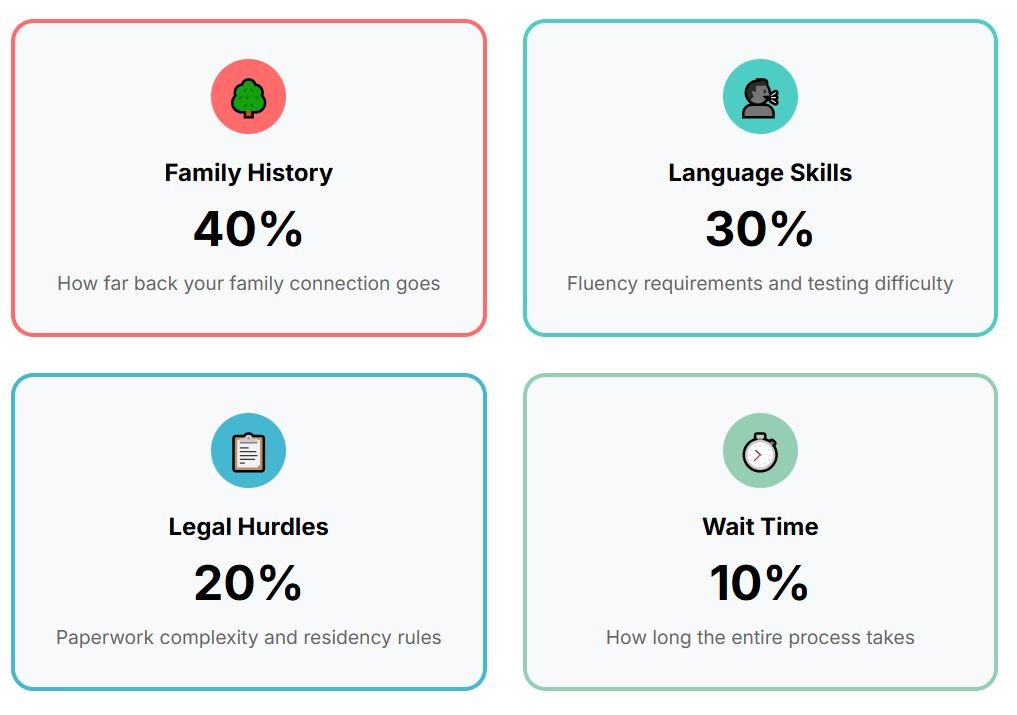
This determines how far back you can trace your ancestry – whether you need a parent, grandparent, or great-grandparent who was a citizen. Language Requirements account for 30%.
Some countries require no language tests, while others demand proficiency in Category 5 languages that take years to learn. Legal Complexity gets 20%.
This includes residency requirements, temporary laws with expiration dates, and bureaucratic obstacles that can kill your application. Processing Time receives 10%. This measures how long you’ll wait for a decision.
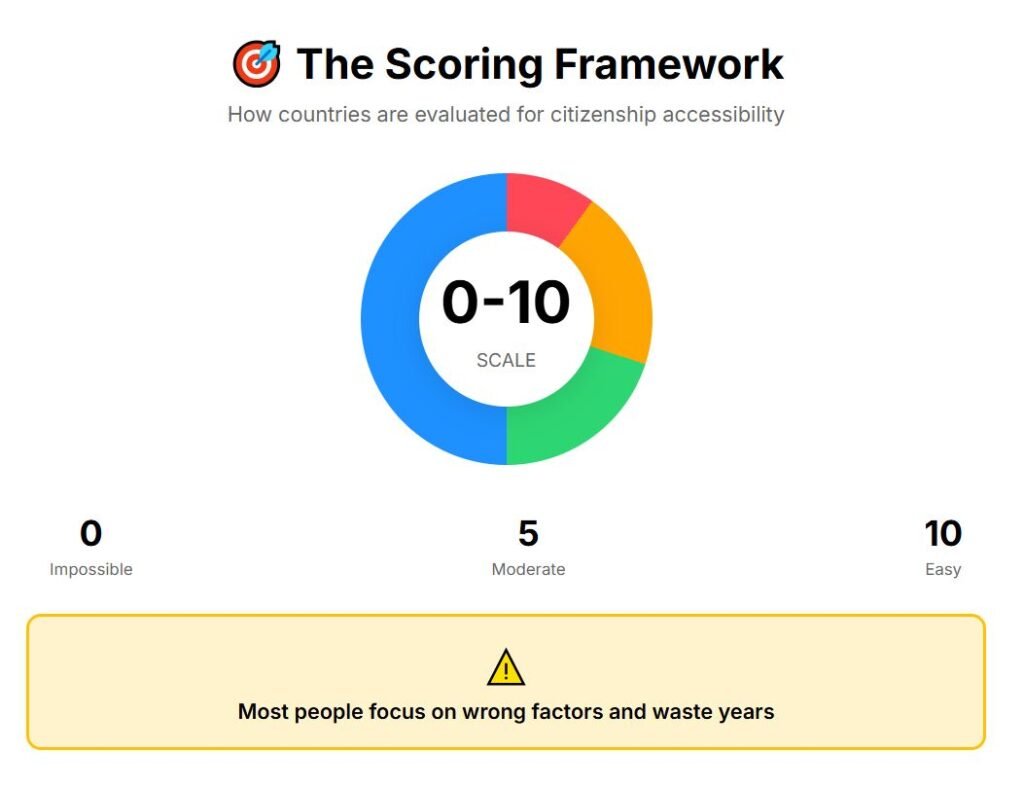
Slovakia was excluded from this ranking because of insufficient data on their ancestry program, though their approach is generally restrictive and based on parentage only.
These 4 make-or-break factors will determine whether you get your European passport in 6 months… or never.

Now let’s see how each country stacks up, starting with the absolute hardest.
26 – The Netherlands: Where Ancestry Means Nothing
The Netherlands scores 2.1 out of 10, making it the hardest EU country for citizenship by descent.
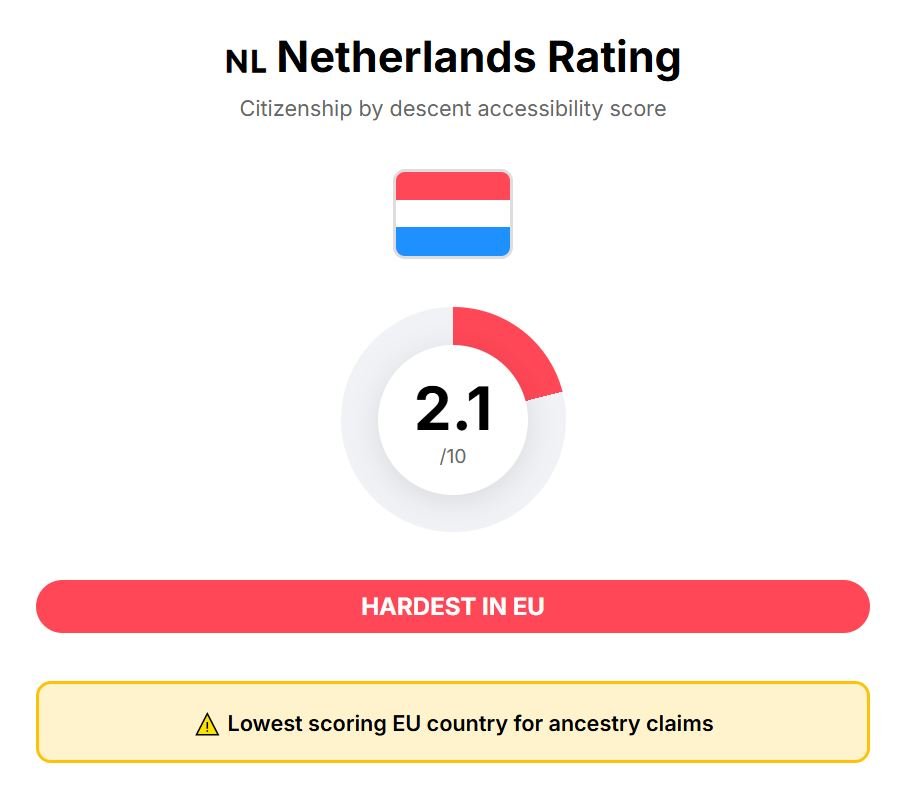
The Netherlands operates under what experts call jus parentis – the right of the parent – which creates a massive “Generational Wall” for anyone whose connection goes beyond their immediate parents. Here’s the rule that kills most applications: Dutch citizenship only passes if a Dutch parent held citizenship at the time of your birth.
That’s it. No grandparents, no great-grandparents, no exceptions. If your Dutch connection is one generation removed, you’re out of luck. The “option procedure” sounds like it might help, but it’s designed for specific groups like people born and raised in the Netherlands.
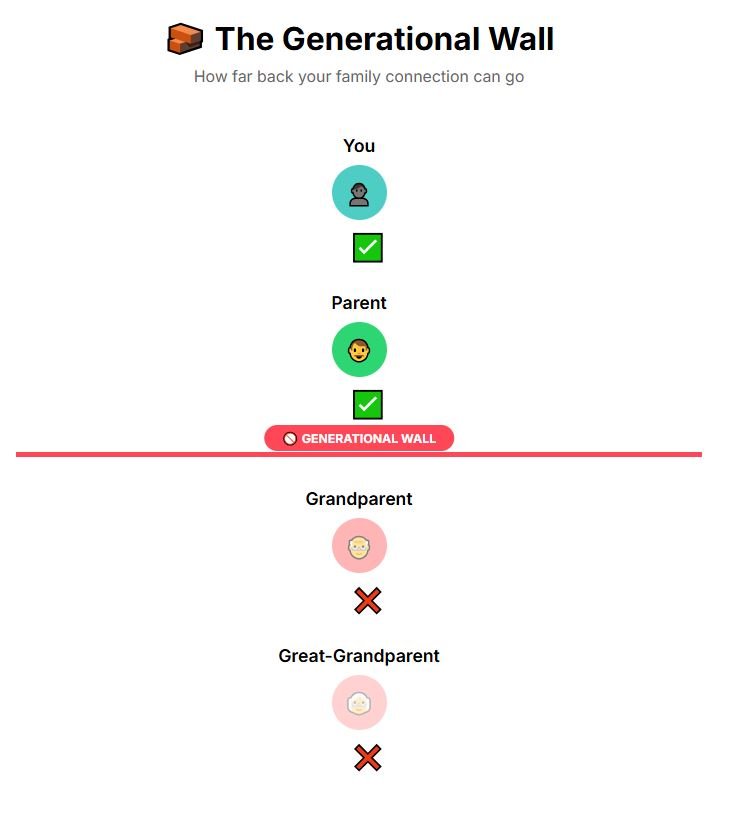
It won’t help your ancestry claim. Your only alternative is naturalization, which requires five years of legal residency, passing a civic integration exam, and, in many cases, renouncing your original citizenship.
Most Americans, Canadians, and Brits find that citizenship trade-off unacceptable. Unless you have a Dutch parent, the Netherlands is effectively a closed door for ancestry claims. The next country in our ranking follows a similar pattern, but with an even more unusual twist.
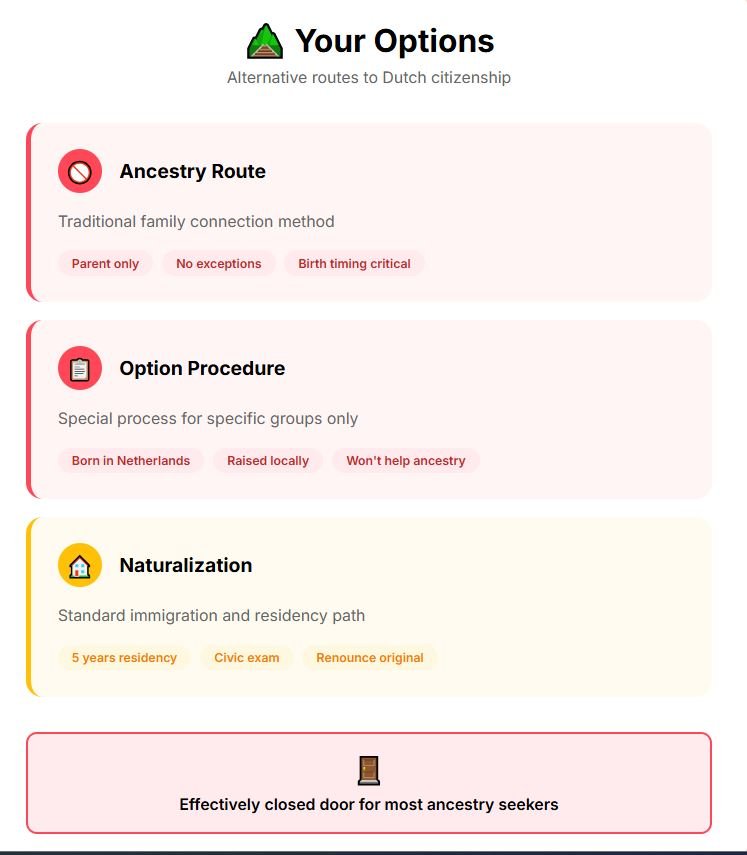
By the way, I have a question for you: a reader suggested for me to make an article about the easiest countries to obtain permanent residence, not citizenship. If you would like me to make such an article about permanent residence in Europe, send a comment in the comment section. I also delved into the easiest permanent residence options in Europe, highlighting the specific requirements and benefits of each country.

25 – Finland: The 22-Year Rule That Breaks Families
Finland’s score is 2.3 out of 10, and there’s a specific rule that has likely severed your family’s connection forever. Even if one of your parents was born Finnish, you might not qualify due to a little-known deadline.
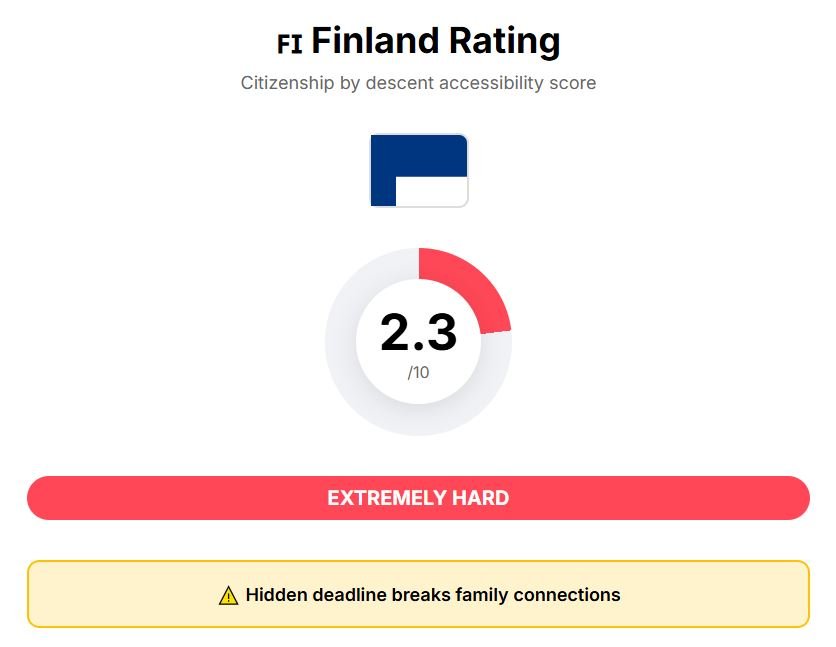
Finland operates under the 22-year rule, which creates an automatic citizenship trap that most families never see coming. Here’s how it works: Finnish citizens born abroad automatically lose their citizenship at age 22 unless they maintain sufficient connections to Finland.
This means regular visits or establishing residence before that birthday.
For example: Your Finnish grandmother might have been born in Helsinki, but if she moved to America as a child and never returned, she lost her citizenship at 22. That breaks the chain for everyone who came after her. Finnish is also a Category IV language, making naturalization extremely difficult for English speakers.

The 4-5 year residency requirement, combined with mandatory Finnish language tests, creates an extremely hard barrier for most applicants.
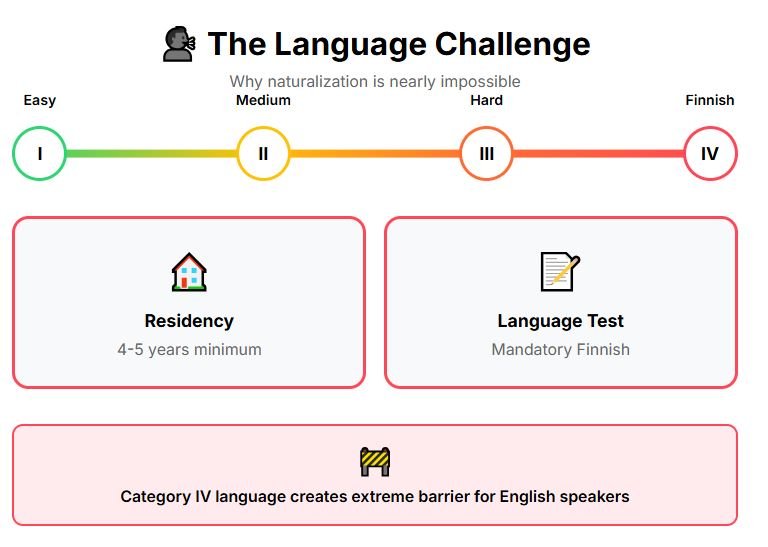
The next country has the exact same 22-year trap, but with slightly different requirements.
24 – Sweden: Another 22-Year Trap
Sweden is rated 2.5 out of 10, using the same citizenship-killing rule as Finland.
While Sweden is one of the hardest countries to obtain citizenship by descent, it is the easiest in Europe to obtain citizenship by residence – effectively, it is easier for someone without any ancestors in Sweden to become a citizen if he lives there for a few years, than to a person from Swedish heritage to become Swedish.
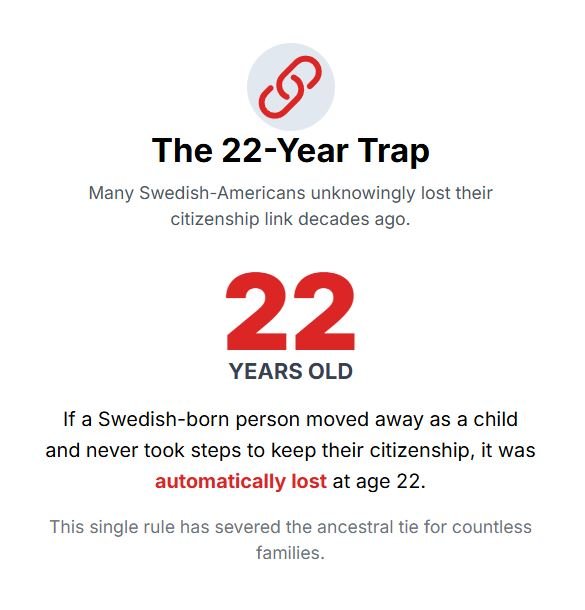
Thousands of Swedish-Americans lost their connection to Sweden without even knowing it. Swedish law operates under the same 22-year rule as Finland.
Your Swedish grandfather might have been born in Stockholm, but if he moved to America as a child and never returned or applied to retain citizenship, he lost it at 22. Like Finland, this rule has likely cut off many ancestry-based claims for families who emigrated decades ago.
These actions include applying to retain citizenship, having lived in Sweden, or having visited the country regularly. This rule has broken the ancestral link for numerous families whose parents or grandparents were born outside Sweden and didn’t take the necessary steps to maintain their citizenship.
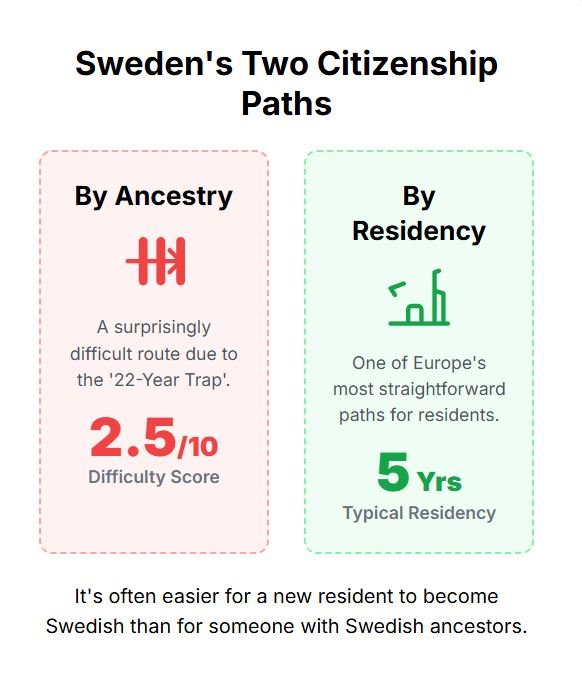
Swedish naturalization after 5 years of residency is the only viable path for many applicants. The next country is also a Scandinavian nation, with such strict requirements about citizenship that many would consider it even harder than Sweden or Finland.
But before I reveal it, I have some really good news. FREE FOR A LIMITED TIME: Grab your Expat Wealth & Lifestyle Compass ($108 value) today! Includes our 74-page guide of Affordable European Cities, our Zero-Tax countries report, and our expat checklist. https://bit.ly/ExpatWealthLifestyleCompass Join us here before this offer ends.
23 – Denmark: The Four-Grandparent Requirement
Denmark scores 2.7 out of 10 and has one of the most restrictive ancestry requirements in Europe. Having one Danish grandparent isn’t enough – Denmark wants proof of complete Danish heritage.
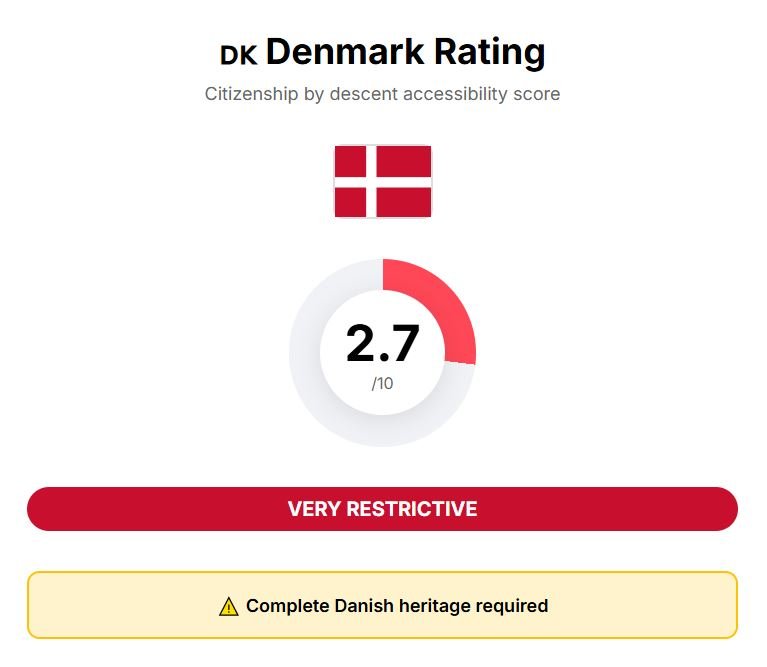
This requirement acts as a similar “Generational Wall” that stops most mixed-heritage families cold. Denmark requires both parents OR all four grandparents to be natural-born Danish citizens.
This is completely different from countries that accept claims based on a single ancestor, and effectively eliminates most mixed-heritage families from consideration.
Imagine this guy – his name is Erik Hansen. He now lives in Cleveland, but his parents came from Elk Horn, Iowa – a city with a very heavy Danish heritage. Erik applies for Danish citizenship.
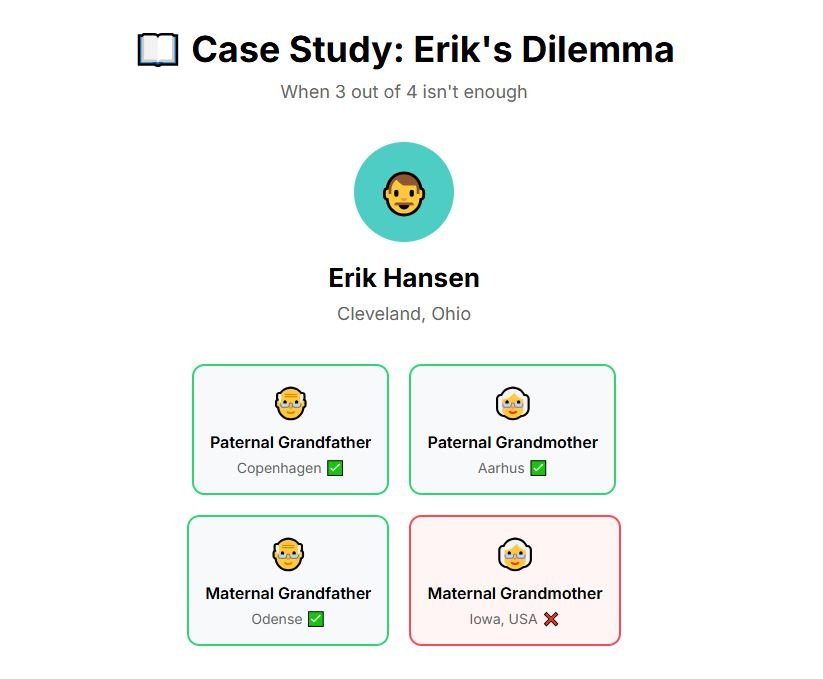
His paternal grandfather was born in Copenhagen, his paternal grandmother was from Aarhus, and his maternal grandfather was from Odense.
But his maternal grandmother was a local from Iowa. How unfortunate for Erik.
If it was not bad luck enough to live in Cleveland, Erik also can’t get Danish citizenship since he only has three Danish grandparents instead of four. Standard naturalization requires passing Danish language and citizenship tests, plus paying a DKK 4,000 fee.
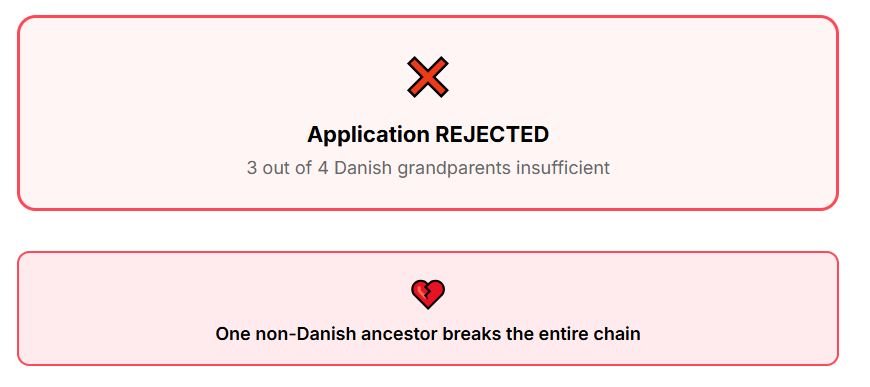
There are niche exceptions like the “Princess Rule” for children born to Danish mothers between 1961 and 1978, but these don’t help most people.
The next country in our list has a different problem – a legal concept that makes old claims disappear.
22 – France: When Citizenship Expires from Disuse
France scores 2.8 out of 10, and there’s a legal concept called ‘désuétude’ that can kill your claim. Even if you can prove French ancestry, the law says you can lose citizenship through ‘disuse’ after 50 years abroad.
French law requires citizens to demonstrate they’ve acted as French citizens – holding French passports and registering at French consulates. Failing to meet these requirements for a continuous 50-year period results in loss of citizenship, even with proven French ancestry.
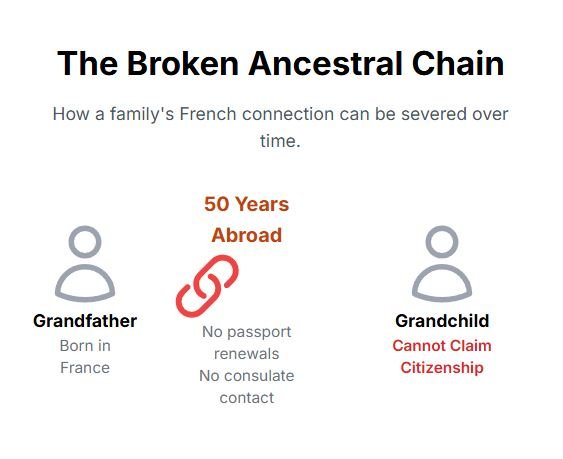
This rule devastates French diaspora communities whose ancestors left France decades ago without maintaining formal ties. Take the case of Pierre Dubois from Montreal.
His grandfather was born in Lyon but moved to Canada in 1940. Pierre’s grandfather never renewed his French passport or registered with French consulates.
After 50 years abroad, French law considers his citizenship lost through disuse.
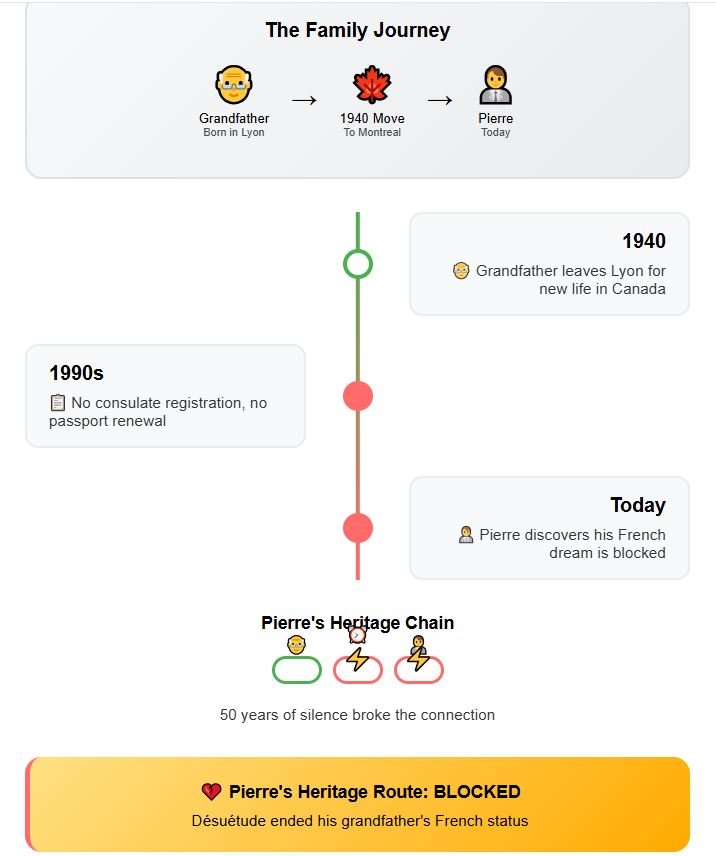
Pierre can’t claim French citizenship because the ancestral chain was broken by désuétude. The alternative involves naturalization requiring five years of French residency plus demanding language and civics tests.
Processing times average two years but can stretch to four years depending on your region. This process can take half a decade. Malta takes a completely different approach – they want your money, not your heritage.
21 – Belgium: The Declaration Deadline That Ended Dreams
Belgium scores 3.1 out of 10, and there’s a specific document your Belgian parent should have signed before you turned five. If your Belgian parent didn’t file a ‘declaration of attribution’ by your fifth birthday, your claim is dead.
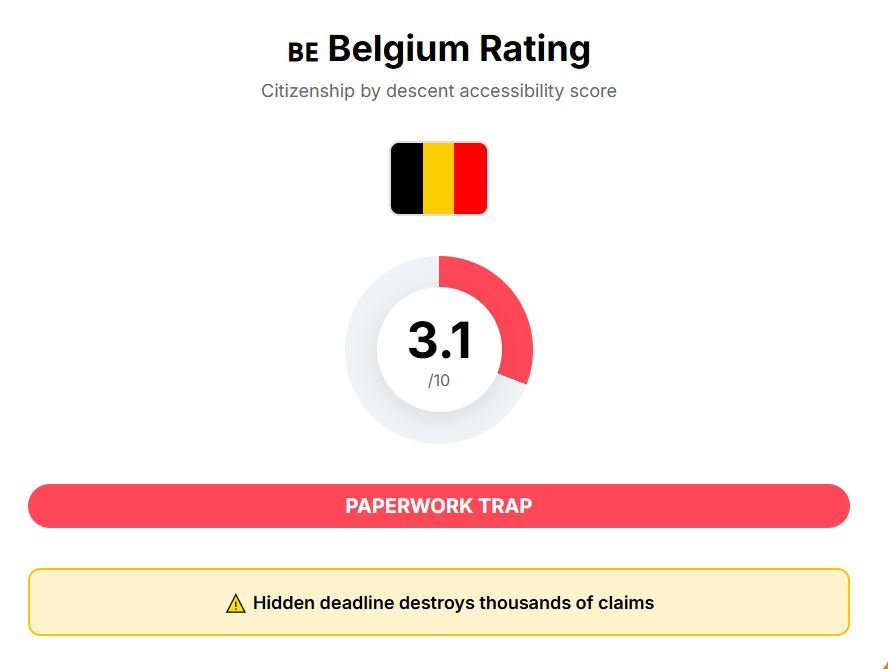
Belgian law requires this declaration when a Belgian parent was also born outside Belgium, making it a double trap for diaspora families. This single paperwork requirement has disqualified thousands of applicants who discovered Belgium’s citizenship laws years too late.
The declaration acts as an administrative gateway – without it, Belgian law doesn’t recognize you as Belgian, regardless of your parents’ citizenship status. Your Belgian father could have been born in Brussels, moved to Canada as a child, and later had you in Toronto.
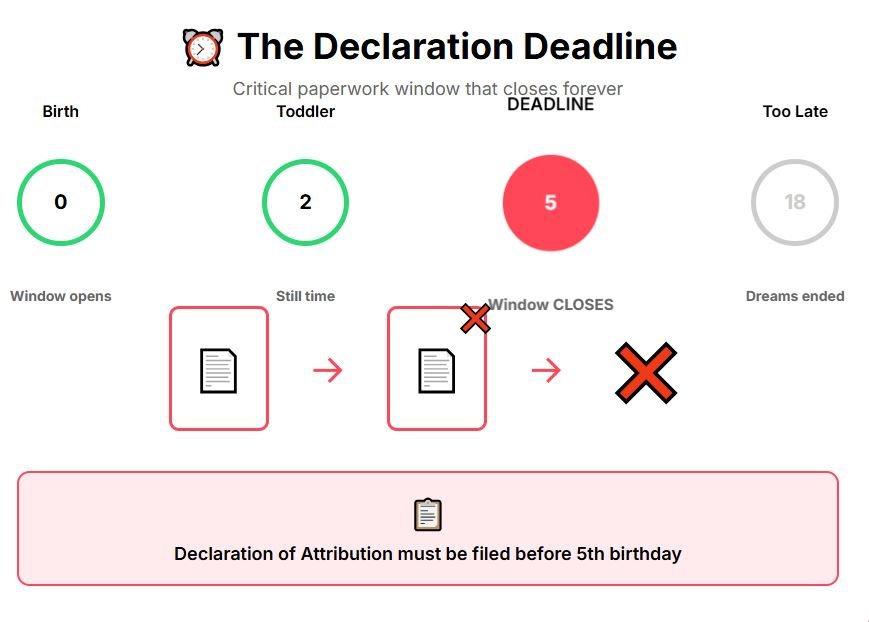
If he didn’t file that declaration before your fifth birthday, Belgian law treats you as if you have no Belgian connection at all. For those who missed this deadline, the alternative involves 5-10 years of legal residency in Belgium, plus language and integration tests.

This single paperwork requirement has broken numerous Belgian ancestry chains.
20 – Cyprus: Military Service and Greek Language
Cyprus is rated 3.4 out of 10, and male applicants face a challenging requirement. Getting Cypriot citizenship might mean serving in the military for up to two years.
This mandatory military service applies to all males of “Cypriot origin,” even if you acquire citizenship later in life.
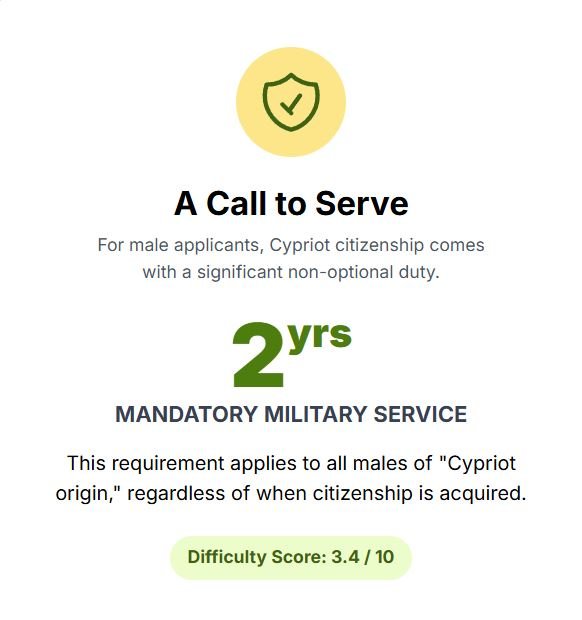
The standard naturalization route demands eight years of legal residency in Cyprus, plus proof of good character and B1 level Greek language proficiency.
You also need to understand Cyprus’s socio-political landscape, which adds another layer of complexity to the testing process. Greek is a Category IV language, making it extremely difficult for English speakers to learn.
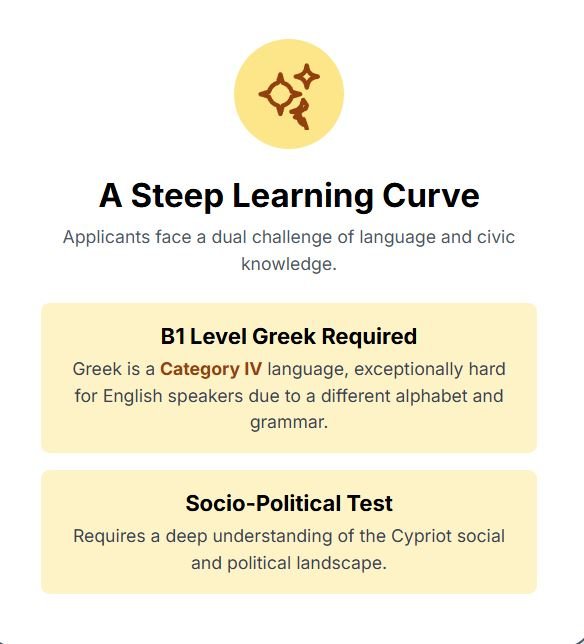
The grammar structure and alphabet are completely different from English, requiring years of study to reach B1 proficiency. Processing times typically span two to three years for most applications, adding significant time commitment to an already demanding process. The next country, also a Mediterranean island, has similar characteristics, but without the additional military service requirement.
19 – Malta: Pay to Play, Not Heritage
Malta’s score is 3.8 out of 10, and they’ve essentially replaced heritage with wealth as the main pathway. Malta offers citizenship, but it is much easier if you can afford a massive financial investment.
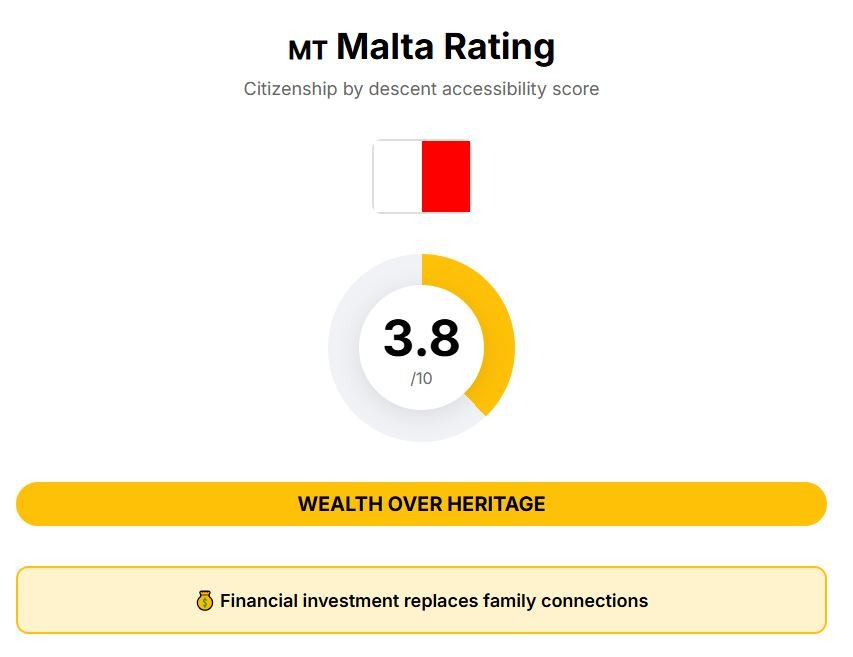
The country has no established program for individuals seeking citizenship through grandparents or distant ancestors, making it one of the least accessible options for heritage-based claims in Europe. The primary route to Maltese citizenship is the “Citizenship by Naturalization for Exceptional Services by Direct Investment” program, often called a “golden passport” scheme.
This program requires a financial contribution starting at €600,000, plus additional property investment and donation requirements.
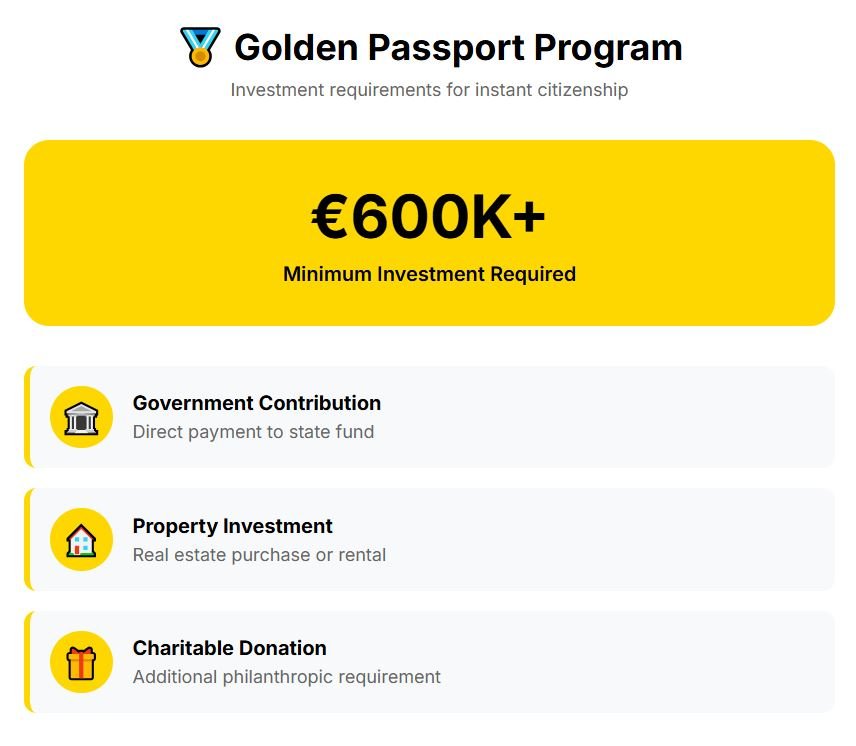
The standard naturalization process requires five years of legal residency plus demonstrating knowledge of either Maltese or English.
This process doesn’t offer any specific pathway for ancestry-based claims, further limiting options for heritage seekers.
The investment program has become the dominant route to citizenship, effectively marginalizing traditional ancestry paths that other EU countries maintain.
18 – Estonia: Digging Through Soviet Archives
Estonia scores 4.3 out of 10, offering citizenship to descendants of pre-1940 citizens. Your claim depends on finding documents that may have been destroyed during Soviet occupation.
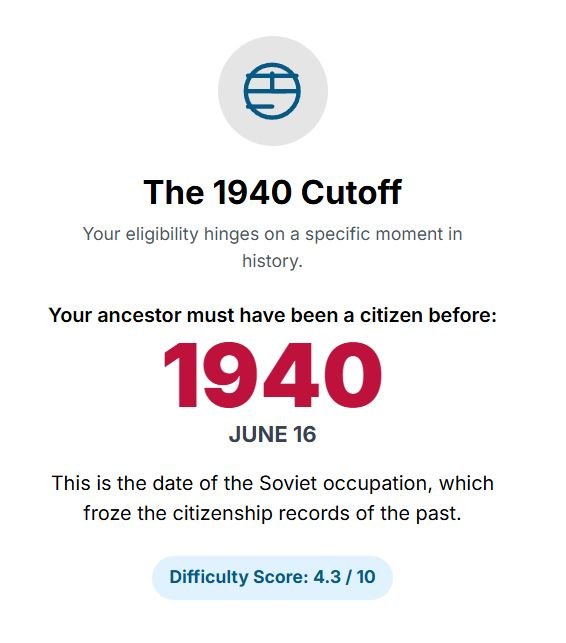
Estonia’s citizenship program focuses on descendants of individuals who were citizens before June 16, 1940, when the Soviet Union occupied the country.
This historical cutoff creates massive documentation challenges because many records were destroyed, lost, or scattered during five decades of Soviet rule. You need to conduct extensive archival research to establish an unbroken chain of citizenship, often requiring family history records from the 1930s.
This means tracking down birth certificates, marriage records, and citizenship documents that predate World War II.
Many families lack access to these records because they were never preserved or were destroyed during wartime. Estonia’s complicated stance on dual citizenship adds another layer of uncertainty.
While Estonian law states that citizens may not hold another citizenship, it also declares that citizenship acquired by birth is inalienable, creating a legal grey area.
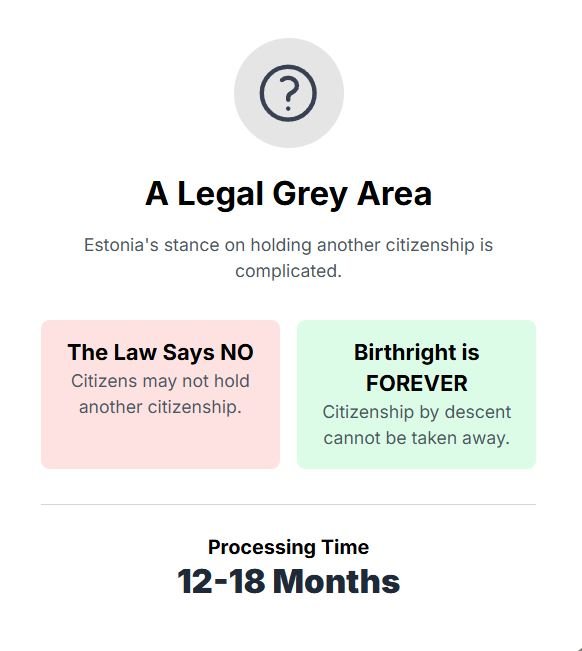
Processing takes 12-18 months for most applications. The archival research required makes this path viable only for those with extensive family records.
17 – Spain: A Temporary Window with a Permanent Cost
Spain gets a 4.6 out of 10, and there’s a law that expires in October 2025. Spain’s ‘Democratic Memory Law’ offers citizenship to descendants of exiles, but time is running out.
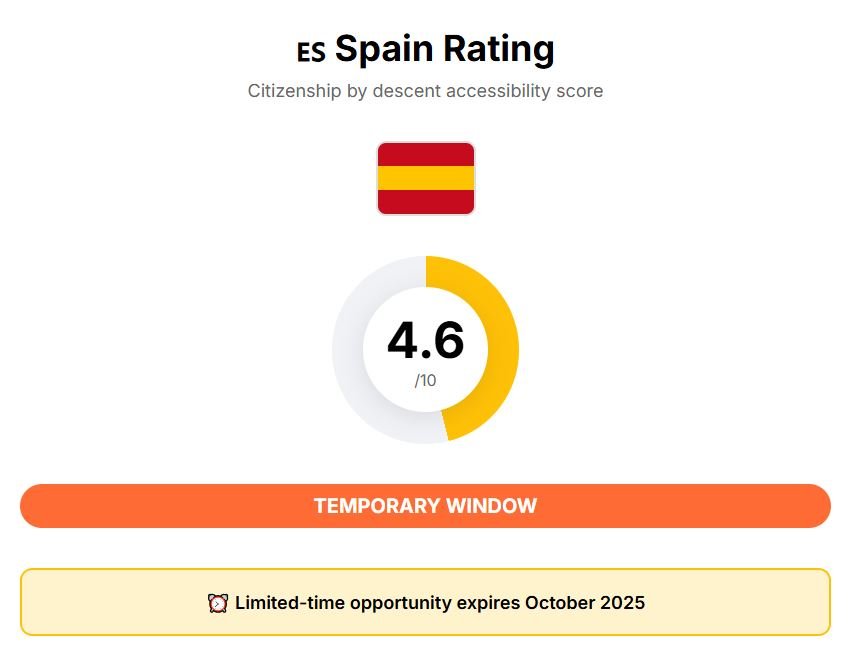
This law, also called the “Grandchildren’s Law,” provides citizenship to children and grandchildren of Spaniards who were exiled during the Spanish Civil War and Franco dictatorship due to political, ideological, or religious persecution. The law came into effect in 2022 but expires in October 2025, creating a narrow window for applications.

Meanwhile, in Spain, it is very easy to obtain citizenship if you are from a former colony or have Jewish Sephardic heritage through different programs with more favorable terms.
16 – Italy: The 2025 Law That Changed Everything
Italy scores 4.7 out of 10, but this ranking reflects a dramatic recent change that caught thousands off guard. Italy went from being one of the easiest countries to one of the most restrictive overnight.
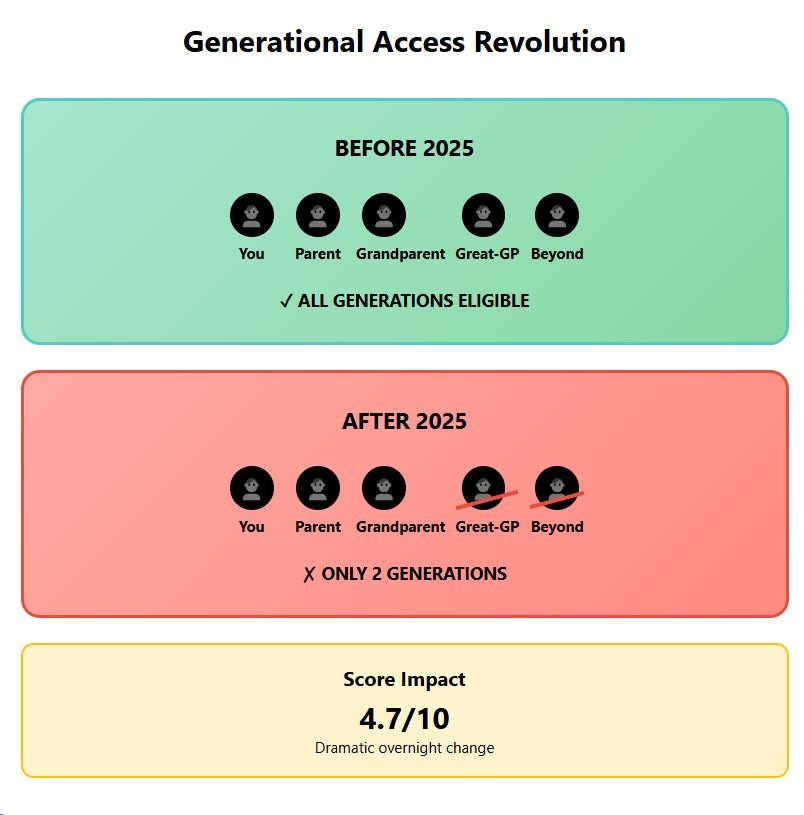
For years, Italy offered unlimited generational reach with no language or residency requirements, making it a favorite among ancestry seekers worldwide. Decree-Law No. 36 changed everything in March 2025. The law limited jus sanguinis to just two generations, meaning only applicants with Italian parents or grandparents can now claim citizenship.
This emergency decree effectively closed the door for anyone with great-grandparents or more distant Italian ancestors. For example, Carlos Martínez from Buenos Aires.
His great-grandfather Giuseppe Rossini emigrated from Naples to Argentina in 1890. Under the old system, Carlos could trace his Italian ancestry back to Giuseppe and claim citizenship.
Now he can’t. The new law cuts off his claim because Giuseppe is three generations removed. The decree introduced the “effective bond” requirement, potentially requiring two years of legal residence in Italy to prove connection.
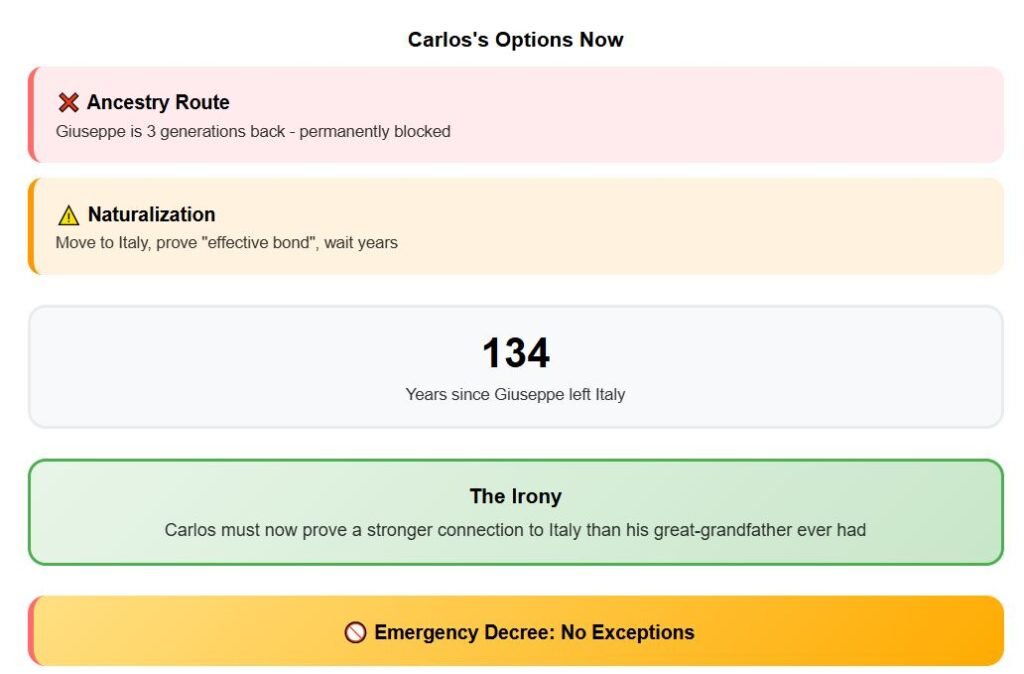
Applications submitted after March 27, 2025 face these new restrictions.
Court applications now require higher proof standards and no longer accept testimony as evidence. Pending applications from Brazil and Argentina were particularly affected by these changes.
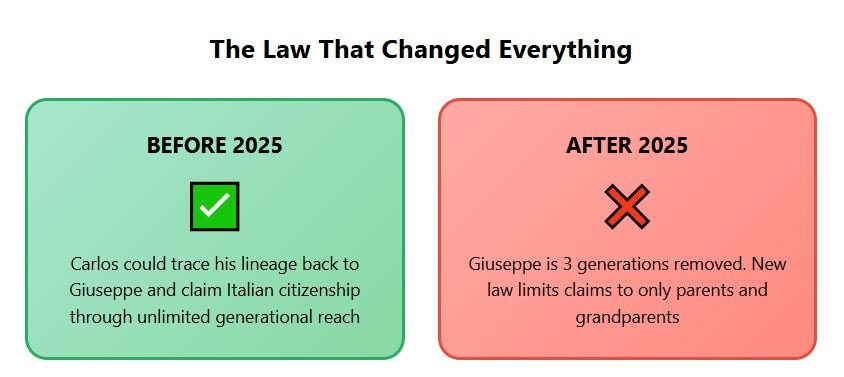
The Italian government cited national security concerns and overwhelming application volumes as justification. Italy’s transformation from citizenship haven to restrictive state shows how quickly these laws can change.
15 – Germany: Complex History, Complex Laws
Germany gets a 5.2 out of 10, with citizenship laws that reflect the country’s complicated 20th-century history. German citizenship rules change depending on when your ancestor left and under what circumstances.
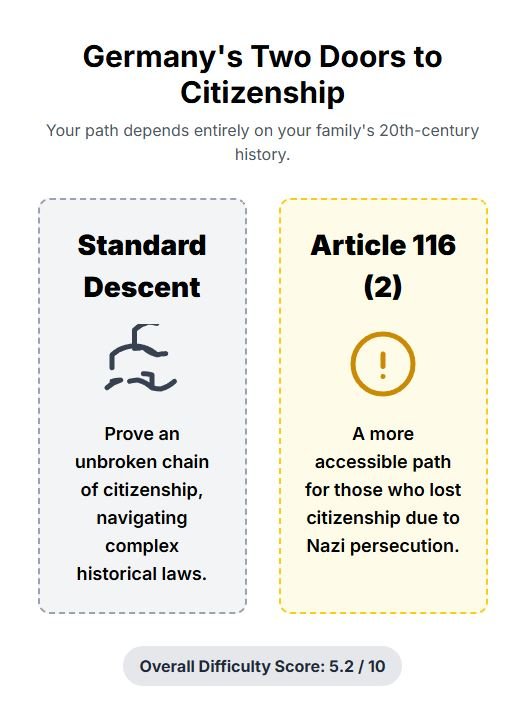
The Germans offer multiple pathways including standard descent and special provisions for Nazi persecution victims.
The standard path requires proving unbroken citizenship transmission, but this gets complicated by historical rules.
Prior to 1975, German citizenship passed through fathers only if parents were married.
Women who married foreigners automatically lost their German citizenship, breaking the chain for many families. The “Generationenschnitt” rule creates another trap.
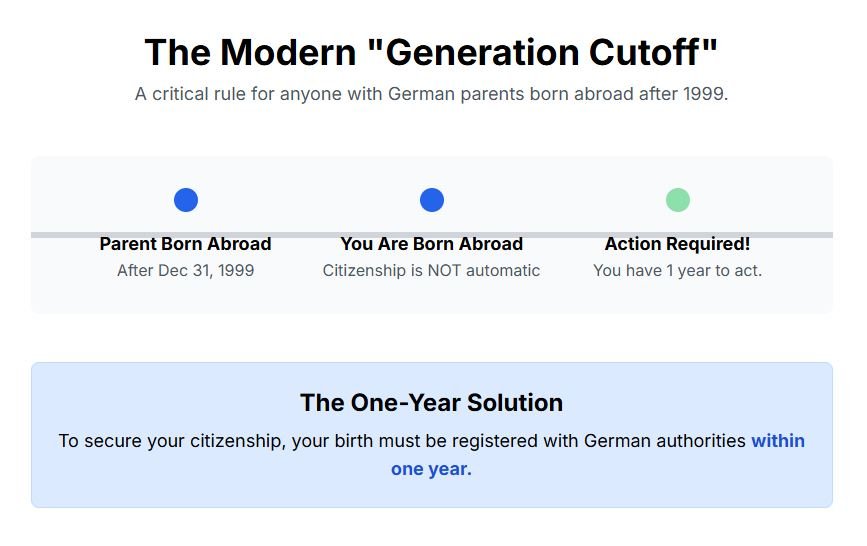
Children born abroad to German parents who were also born abroad after December 31, 1999, don’t automatically become German unless their birth was registered within one year. Nazi persecution victims get a more accessible pathway under Article 116 (2) of the Basic Law, with dual citizenship explicitly permitted. Processing times run 2-3 years for most applications, handled by the German Federal Office of Administration. German citizenship requires navigating historical legal frameworks that even lawyers find challenging.
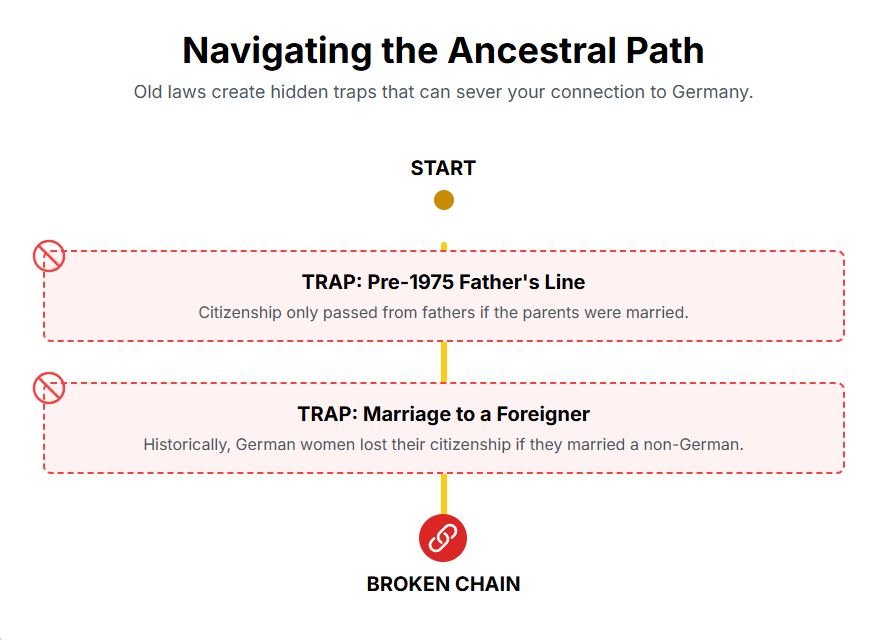
The next country in this list is also German-speaking, but it is slightly easier since it operates a two-tier system that favors certain types of applicants. I know some really good contacts to help with Italian, German, Irish and Spanish citizenship, and if you subscribe to my Patreon, you have access to all of them for preferential rates.
14 – Austria: Two Paths, Two Different Experiences
Austria’s score is 5.5 out of 10, operating a system that treats different applicants very differently. Your experience with Austrian citizenship depends entirely on why your ancestor left Austria.

This creates two completely separate pathways with vastly different requirements and outcomes. The standard path is extremely restrictive, generally limiting eligibility to those born to an Austrian parent.
Historical laws make this even harder – prior to September 1, 1983, citizenship typically only passed through a married Austrian father.
Direct descendants of individuals persecuted by the Nazi regime who were forced to flee Austria get remarkable benefits. This includes grandchildren and great-grandchildren with no generational limits, no language requirements, and no residency stipulations.
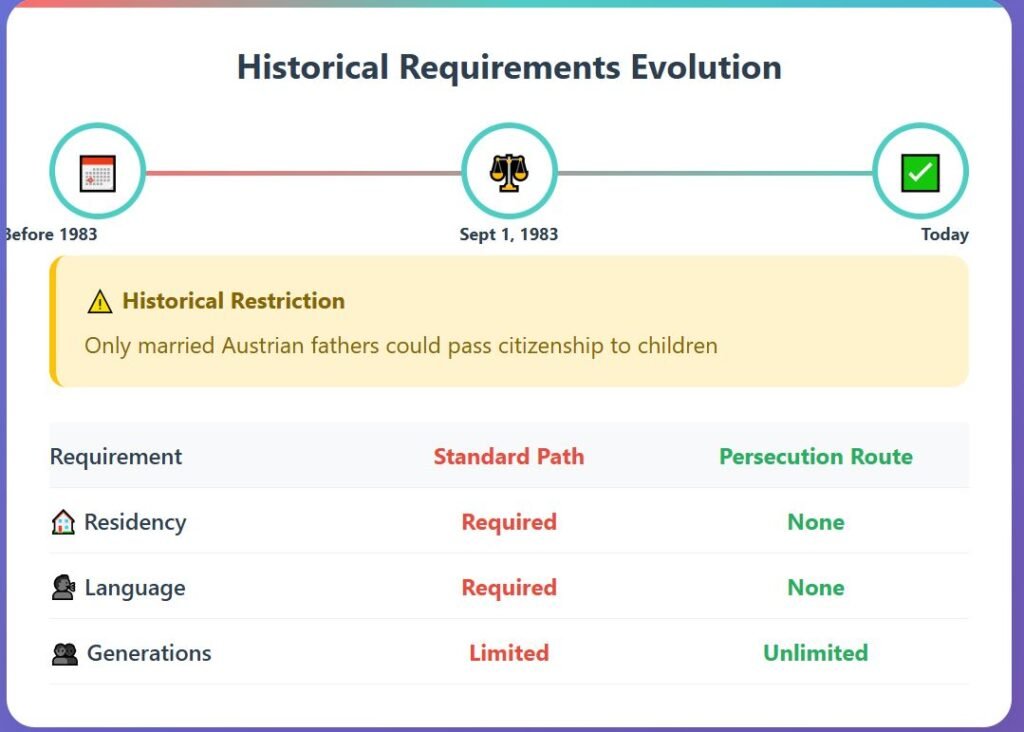
Dual citizenship is expressly permitted for those who qualify. Processing times for persecution victims run just a few months to a year, while standard applications take much longer. Austria’s two-tier system creates vastly different experiences for different applicants.
13 – Slovenia: Multiple Paths, Multiple Challenges
Slovenia scores 6.0 out of 10, offering two main pathways with different requirements.
You must first obtain a residency permit based on employment, study, or family reunification, then demonstrate intention to integrate into Slovenian society during that year. The ‘Slovenian origin’ path covers up to the second generation without residency requirements, but introduces the challenge of proving ‘active ties’ to Slovenia.
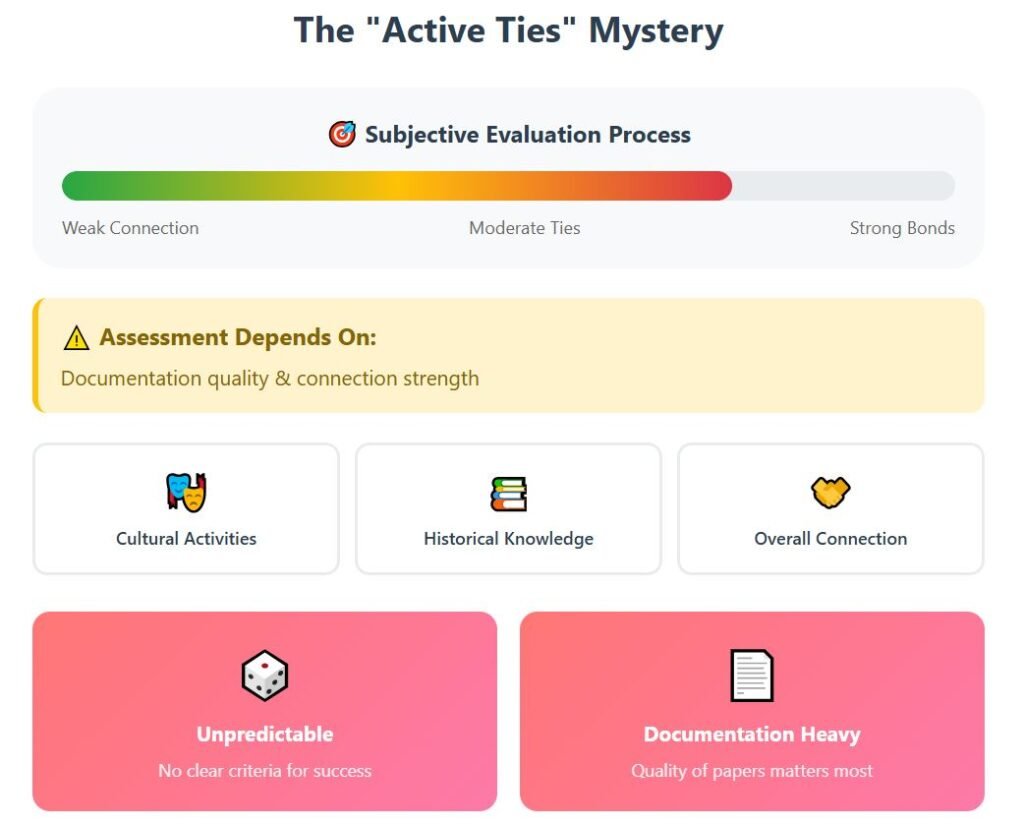
The assessment of ‘active ties’ is subjective and depends on the quality of documentation and strength of your connection to Slovenia.
Authorities evaluate your involvement in Slovenian cultural activities, knowledge of Slovenian history, and overall connection to the country. Slovenia’s multiple pathways sound generous until you examine the specific requirements. The next country, Hungary, offers unlimited generational reach and in this aspect it is much easier, but with a language barrier that stops most applicants.
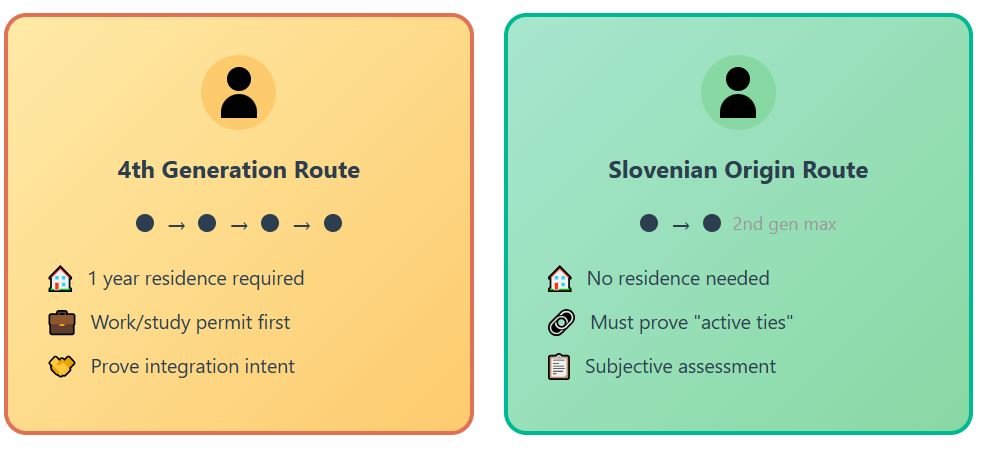
12 – Hungary: Nearly Impossible Language
Hungary is rated 6.7 out of 10, with one of the most generous generational policies in Europe. Hungary will accept claims going back centuries, but there’s one requirement that stops most people cold. Hungary offers two main pathways: “verification of citizenship” and “simplified naturalization.” While these pathways present significant opportunities, navigating the application process can be complex and time-consuming. Many are drawn to Hungary not only for its historical connections but also for the attractive living costs for retirees in Hungary, making it an appealing destination for those seeking a comfortable lifestyle.
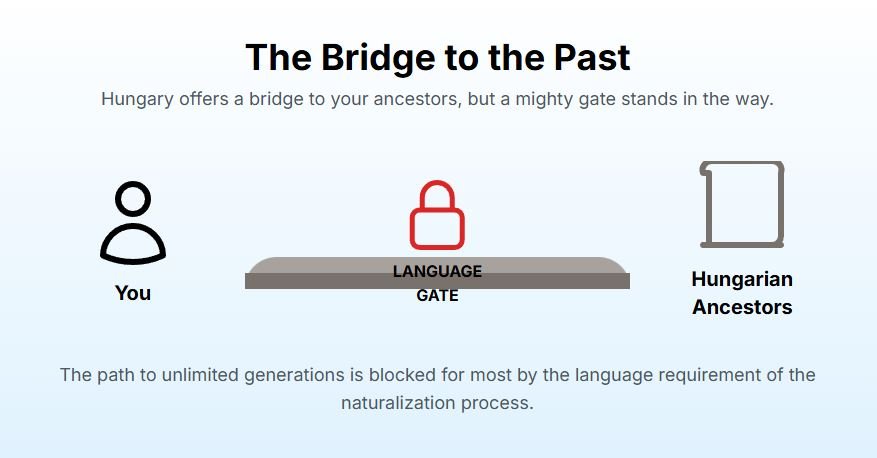
The verification path has unlimited generational reach, meaning you can trace your Hungarian ancestry back as far as you can document it.
This sounds incredible until you realize the complexity involved in proving historical citizenship chains. The simplified naturalization route is more common for people with Hungarian ancestry, but it requires demonstrating proficiency in Hungarian language.
The U.S. Foreign Service Institute classifies Hungarian as a Category IV/V language, placing it among the most difficult languages for English speakers to learn. Hungarian uses 18 grammatical cases compared to English’s simplified system.
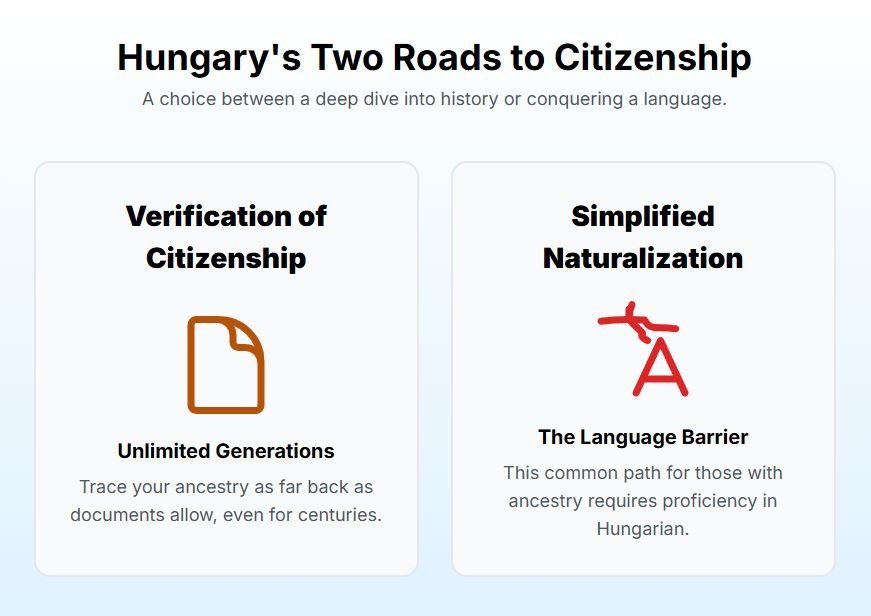
The vocabulary shares virtually no roots with English, making even basic words completely unfamiliar.
This linguistic barrier requires years of dedicated study to achieve even basic proficiency. Hungarian’s unique grammar and vocabulary make it one of the most difficult languages for English speakers to learn.
11 – Greece
Greece scores 6.9 out of 10, using a unique ‘registration’ system rather than a traditional application process. Greek citizenship is about proving you’re already Greek, not applying to become Greek.
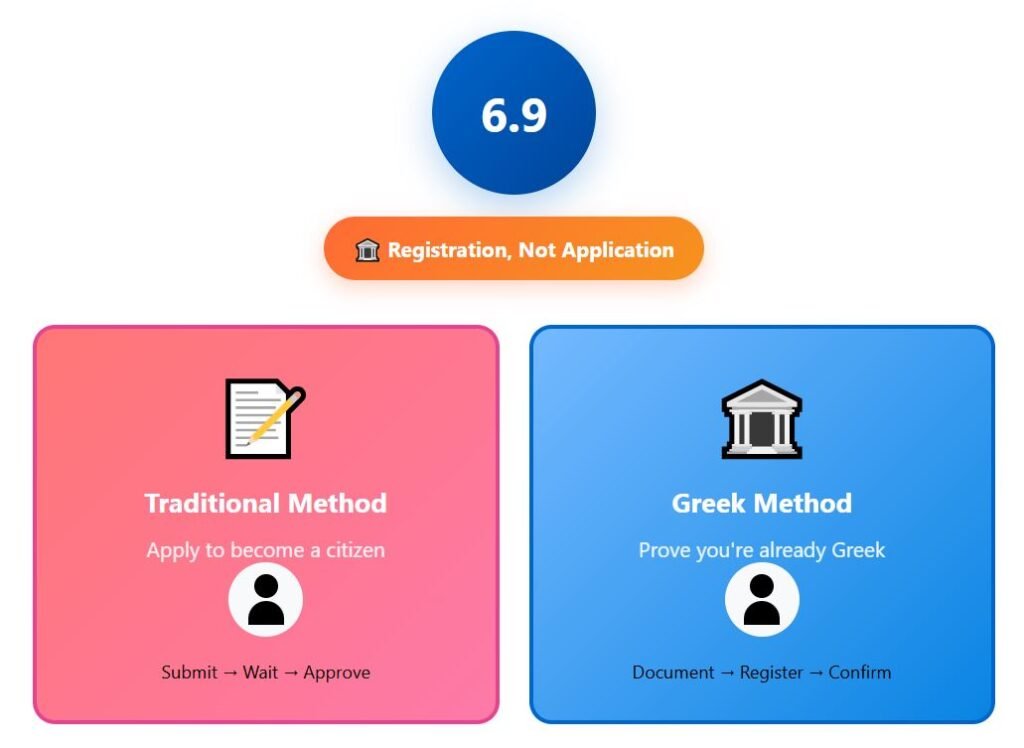
This distinction changes everything about how you approach the process.
Instead of submitting an application and waiting for approval, you register your existing Greek heritage with Greek municipalities. The registration process requires documenting every life event – births, marriages, deaths – across generations to link you to your Greek ancestor.
You must register each generation’s vital records with the appropriate Greek municipality where your ancestor lived.
Take Maria Papadopoulos from Chicago.
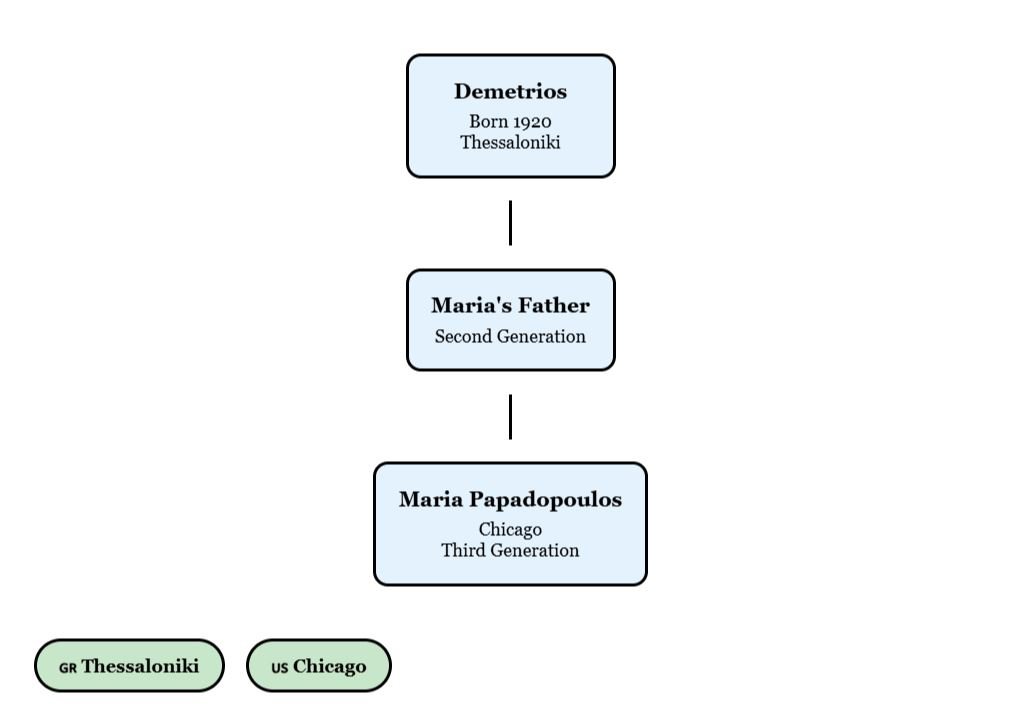
Her grandfather Demetrios was born in Thessaloniki in 1920 but moved to America in 1945. Maria must register Demetrios birth, marriage, and death records with Thessaloniki’s municipality, then register her father’s birth and marriage, and finally register her own birth to complete the ancestral chain. The parent/grandparent limitation means you need Greek parents or grandparents to qualify.
Processing times typically run 2+ years due to the bureaucratic nature of municipal registration systems. Greece’s registration system requires meticulous documentation but has no language or residency requirements.
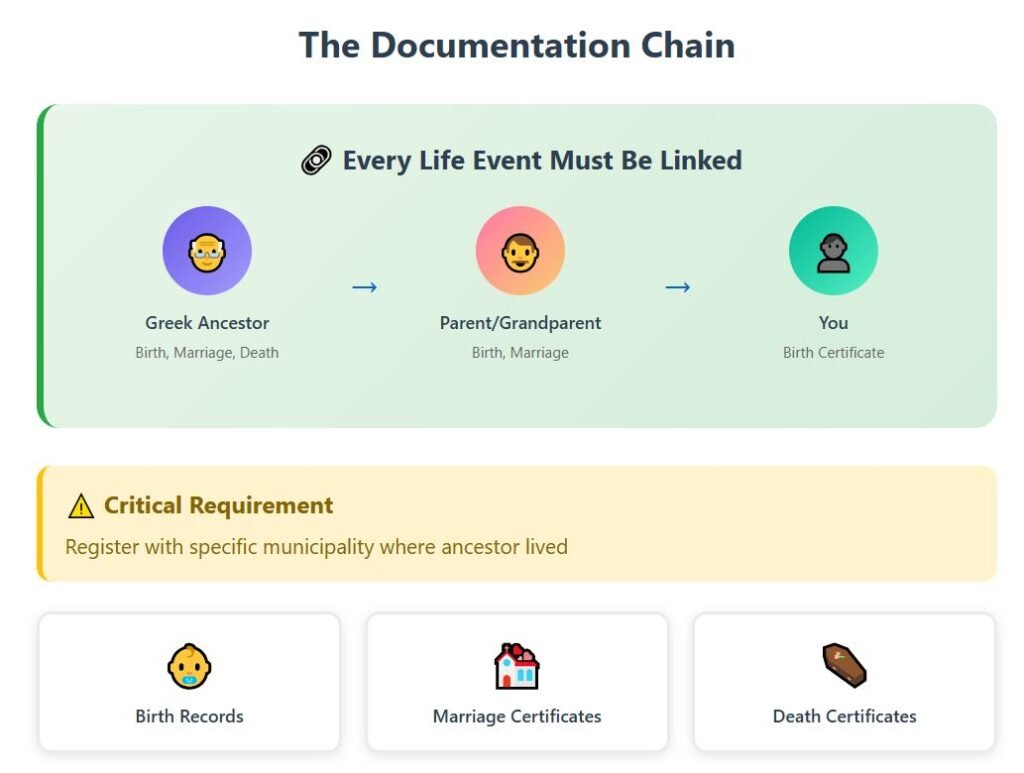
10 – Czech Republic
The Czech Republic gets a 7.0 out of 10, offering citizenship through a ‘declaration’ rather than an application. The Czech system is powerful and direct, but every document must be translated into Czech.
This requirement for certified translations creates a significant hidden cost. The ‘Citizenship by Declaration’ law allows descendants of Czech or Slovak citizens from before Czechoslovakia split to claim citizenship.
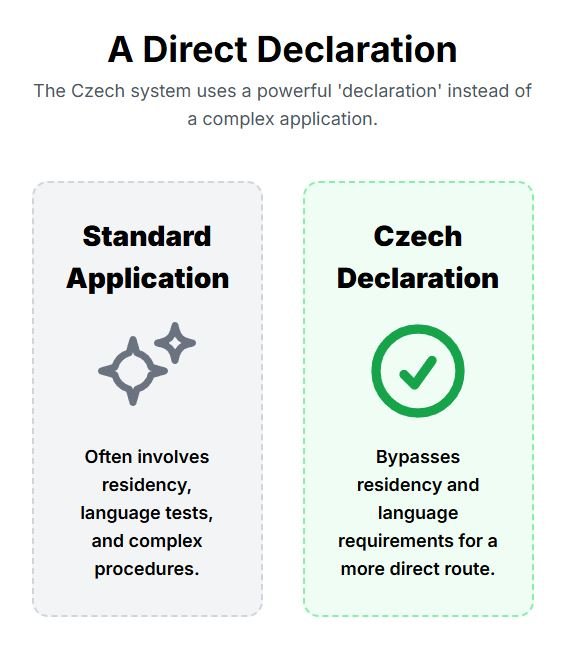
You need a parent or grandparent who was a citizen of the former Czechoslovakia.
This declaration system bypasses standard naturalization requirements like residency periods or language tests. Every foreign document requires certified translation into Czech.
Birth certificates, marriage records, death certificates – everything needs professional translation.
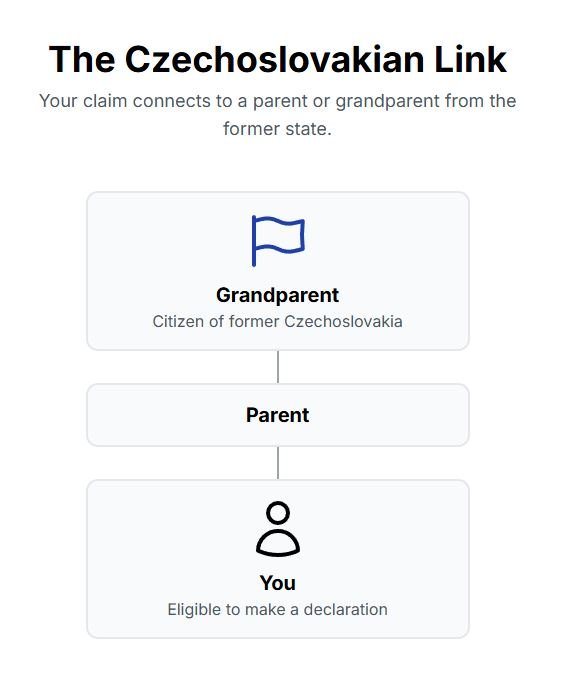
These costs add up quickly, often running into hundreds or thousands of dollars depending on how many documents you need. Processing takes 6-12 months once your complete application is filed. Czech translation requirements add significant cost and complexity, but the underlying law is strong.
9 – Portugal: Connection Through Language
Portugal scores 7.1 out of 10, with direct parent claims and grandparent claims requiring proof of connection. Portuguese citizenship through a grandparent requires demonstrating your connection to Portuguese culture.
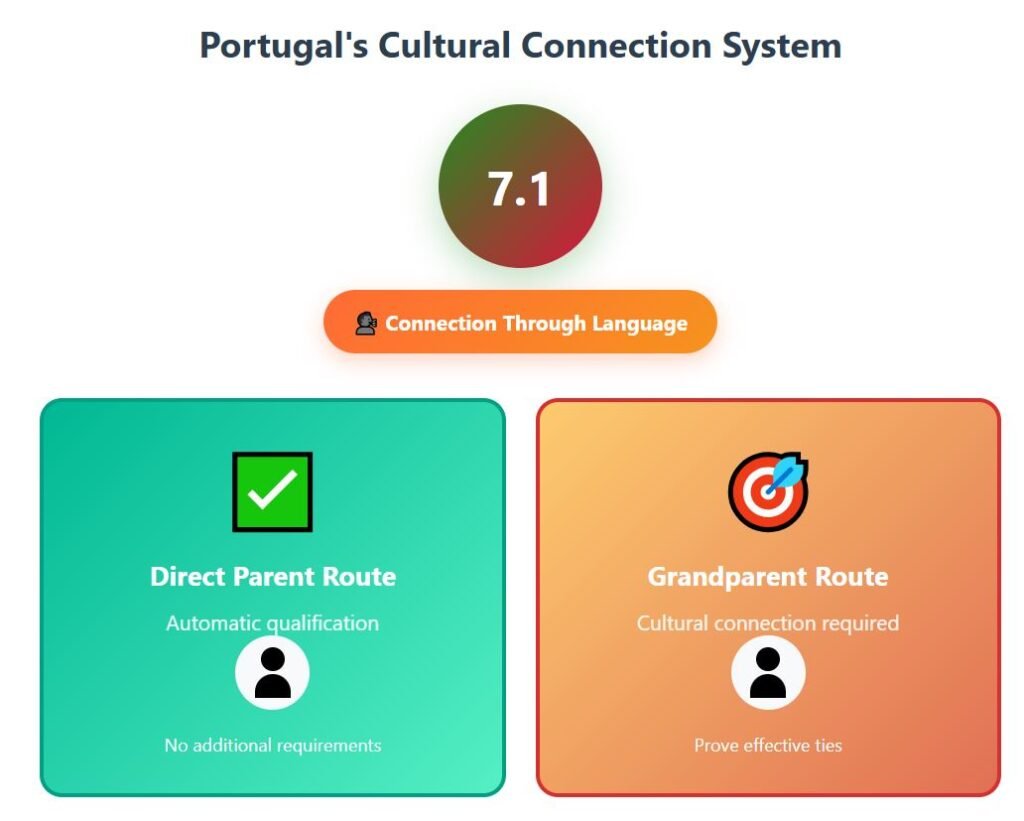
This creates two completely different pathways depending on how close your Portuguese ancestor is to you. The automatic parent pathway is straightforward – if you have a Portuguese parent, you qualify without additional requirements.
The grandparent pathway introduces the ‘effective connection’ requirement, which means proving you maintain ties to Portuguese culture and community. The A2/B1 Portuguese language test serves as the most common way to prove this connection.
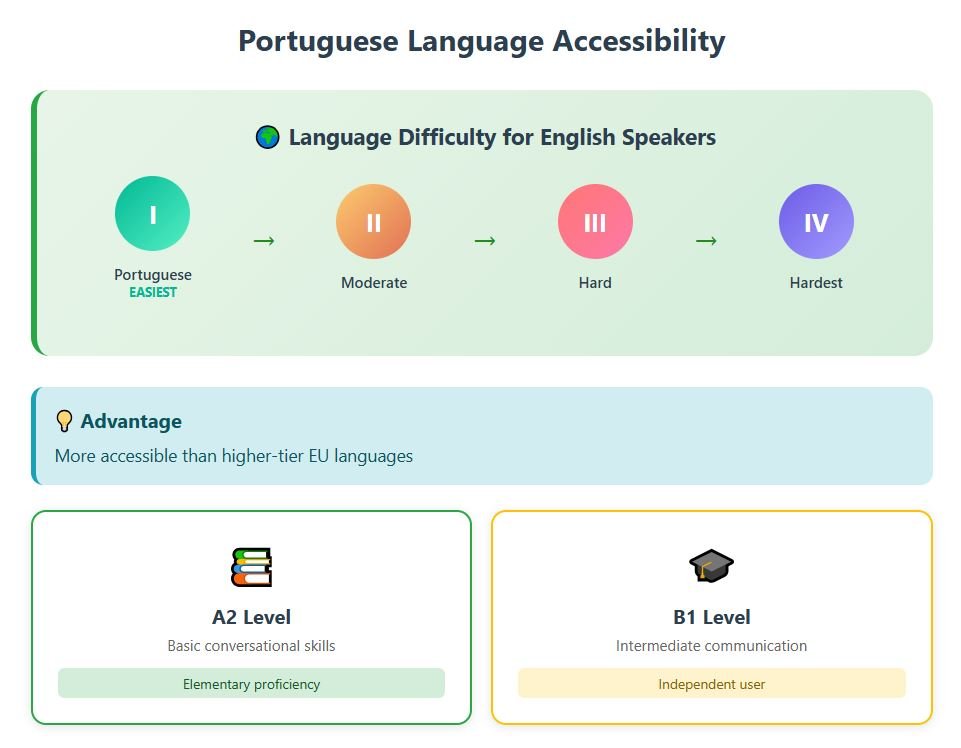
Portuguese is classified as a Category I language, making it relatively accessible for English speakers compared to languages in higher difficulty tiers. Take Robert Silva from Boston.
His grandfather Manuel emigrated from Porto to Massachusetts in 1943. Robert carries his Portuguese surname but speaks no Portuguese.
To claim citizenship through his grandfather, Robert must pass the A2 or B1 Portuguese language test to demonstrate his effective connection to Portuguese culture. Portuguese language proficiency is more accessible than many other EU requirements, but still presents a barrier.
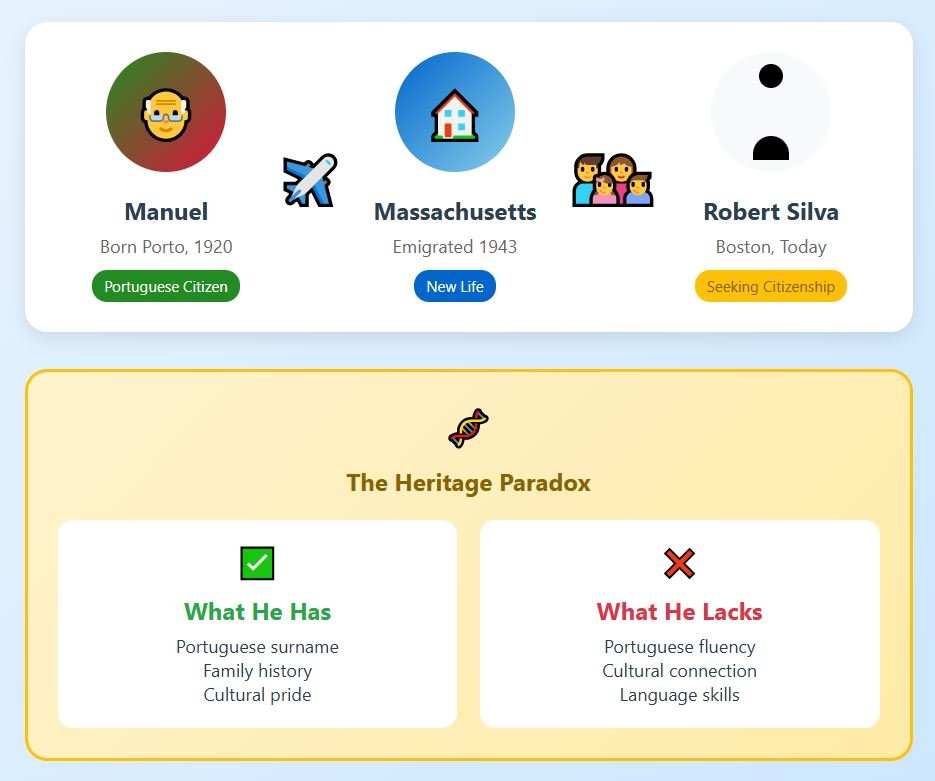
The language requirement prevents Portugal from entering the top tier of accessibility, though it remains manageable for dedicated applicants.
8 – Romania: Generous Reach
Romania is rated 7.1 out of 10, allowing claims up to great-grandparents, but with conflicting information about requirements. Romania’s law appears generous, but different sources give different information about language requirements.
This conflicting information creates planning challenges for applicants. Romania offers third-degree generational reach, meaning great-grandchildren can apply for citizenship based on their Romanian ancestors.
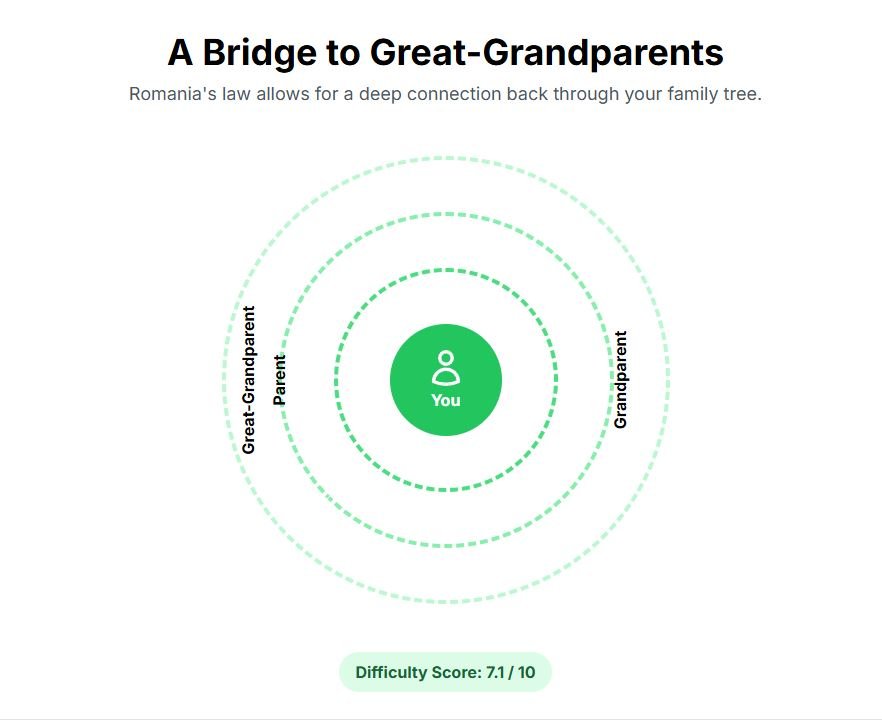
The country allows dual citizenship, making it attractive for Americans and other nationalities who don’t want to give up their original passport. The uncertainty centers around B1 Romanian language requirements.
Some legal service providers say an intermediate B1 level of Romanian is mandatory for ancestry applications.
Other sources and guides suggest no language test is required for the ancestry-based pathway.
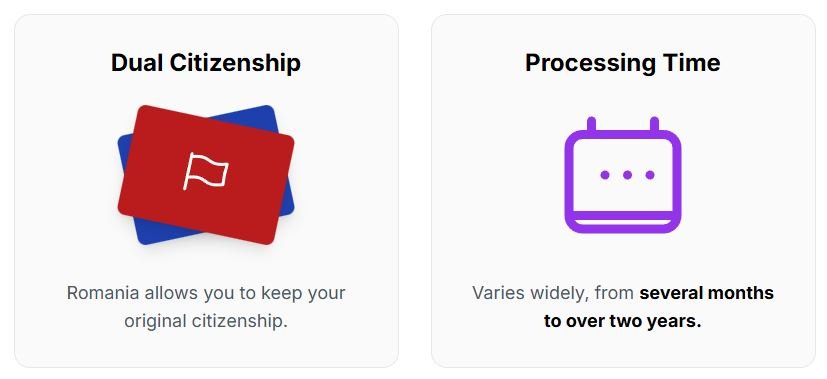
This conflicting information creates some planning challenges. Romanian is classified as a Category I language, making it relatively easy for English speakers to learn compared to Hungarian or Finnish.
Processing times vary from several months to over two years, adding another layer of unpredictability.
7 – Bulgaria
Bulgaria scores 7.6 out of 10, using a straightforward ‘Bulgarian origin’ certification system. Bulgaria’s system is clear and generous, but requires navigating a two-step bureaucratic process.
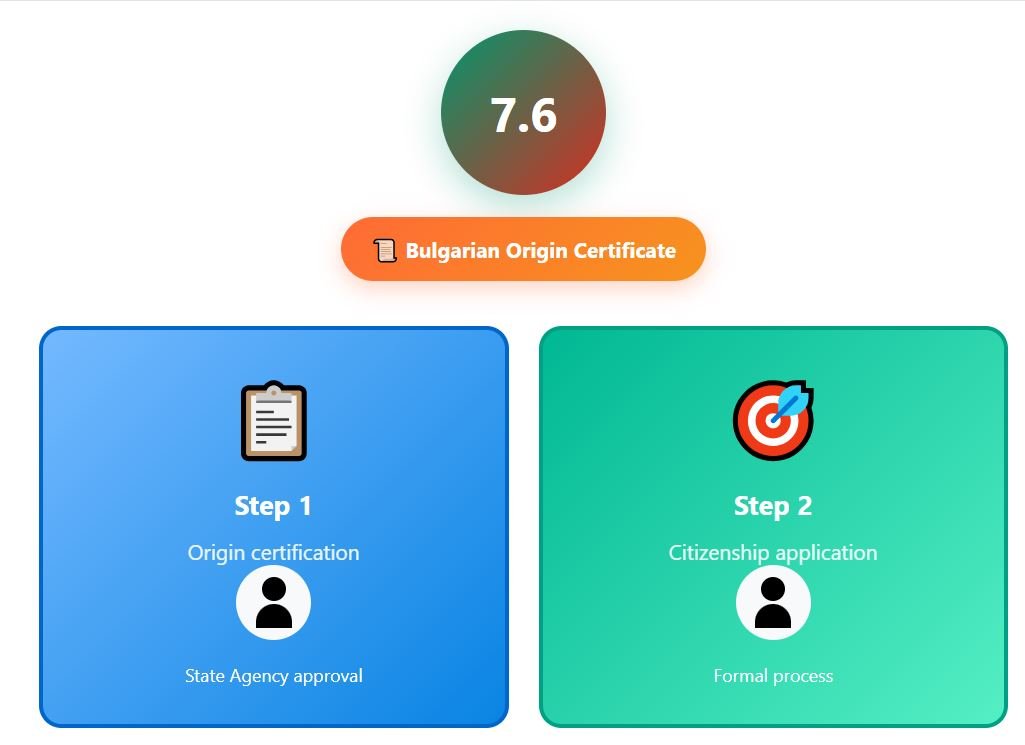
This creates more complexity than the top-ranked countries, though the requirements themselves remain accessible. The first step involves obtaining a Certificate of Bulgarian Origin from the State Agency for Bulgarians Abroad.
This certificate serves as foundational proof of your ancestral connection to Bulgaria.
Once you receive this certificate, you proceed to the second step: the formal citizenship application itself. Bulgaria offers great-grandparent generational reach, meaning you can claim citizenship through parents, grandparents, or great-grandparents who were Bulgarian citizens.
The country requires no language tests and no residency requirements for ancestry-based applications.
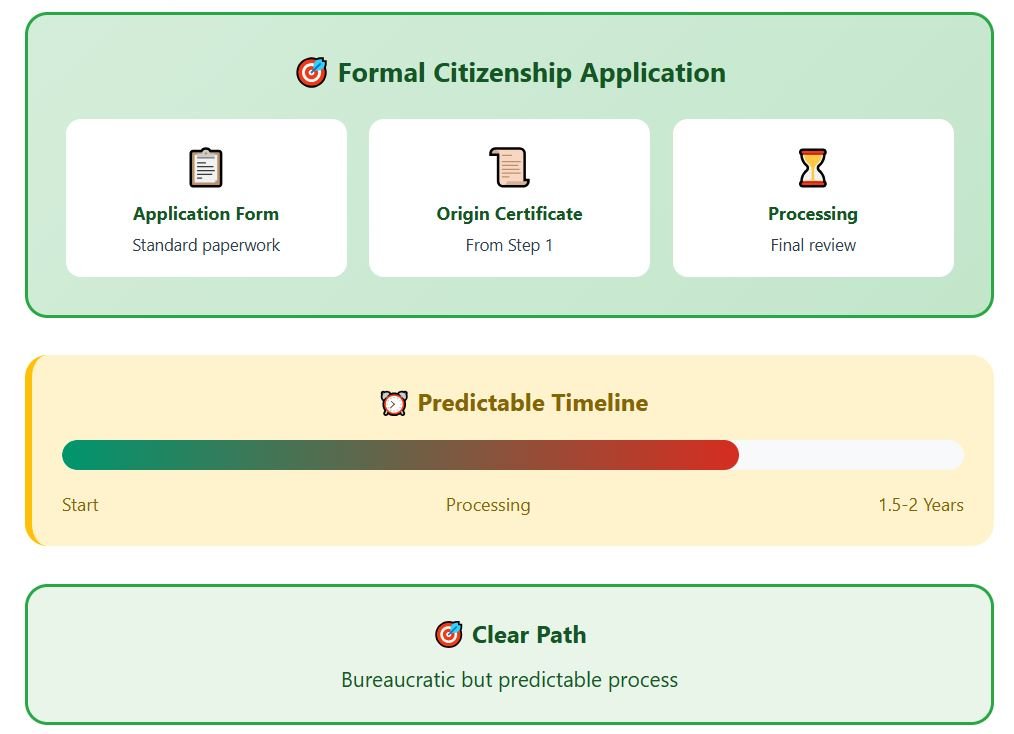
Bulgaria permits dual citizenship, allowing you to keep your original passport while gaining EU citizenship benefits. Bulgaria’s two-step process takes 1.5-2 years but offers a clear path with no language barriers.
The predictable timeline and absence of linguistic requirements make Bulgaria accessible for English speakers who want EU citizenship through ancestry.
6 – Luxembourg
Luxembourg gets a 7.8 out of 10, offering an excellent pathway through their ‘option procedure.’. Luxembourg’s system is nearly perfect for those who qualify, but the eligibility window is specific.
The country operates what they call “Case no. 1” of their option procedure, which creates a direct route to citizenship for people with the right family connections. The ‘Case no. 1’ option procedure works for adults with Luxembourgish parents or grandparents.
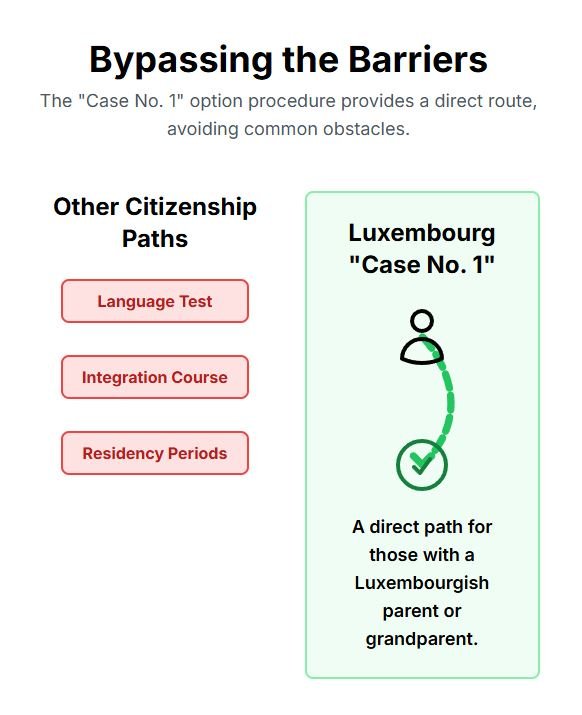
This pathway requires providing a complete copy of your ancestor’s birth certificate and other necessary documents to the civil registrar.
The process demands careful attention to detail since any errors or omissions could lead to delays or rejection. The major advantage involves exemption from language tests and integration courses for this pathway.
You don’t need to pass the Luxembourgish language test or complete the “Living together in the Grand Duchy” integration course.
This exemption makes Luxembourg significantly more accessible compared to other citizenship paths that demand these requirements. Luxembourg’s option procedure is one of the most straightforward in the EU, but limited to two generations.
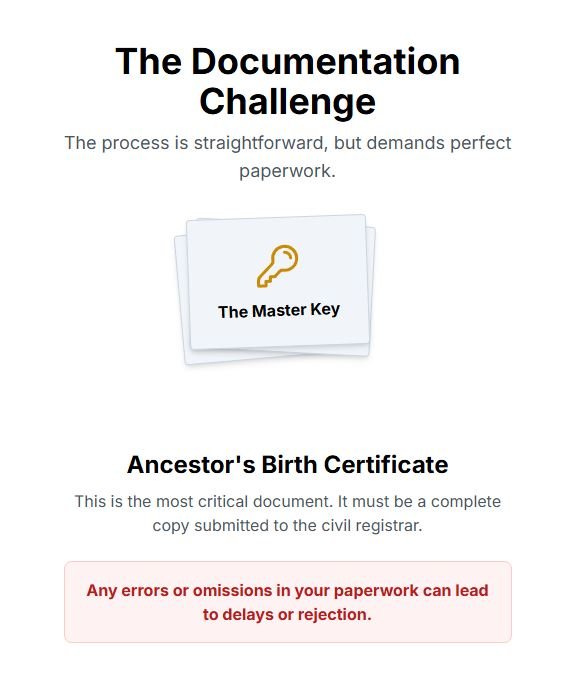
The administrative process requires meticulous documentation, but the absence of language and cultural barriers makes it highly attractive for qualifying applicants.
5 – Poland: Unlimited Reach, Complex History
Poland scores 7.8 out of 10, offering unlimited generational reach but requiring navigation of complex 20th-century history. Poland will accept claims going back centuries, but your ancestor must have lived in Poland after 1920. This post-1920 residency requirement creates a documentation challenge that catches many applicants off guard.
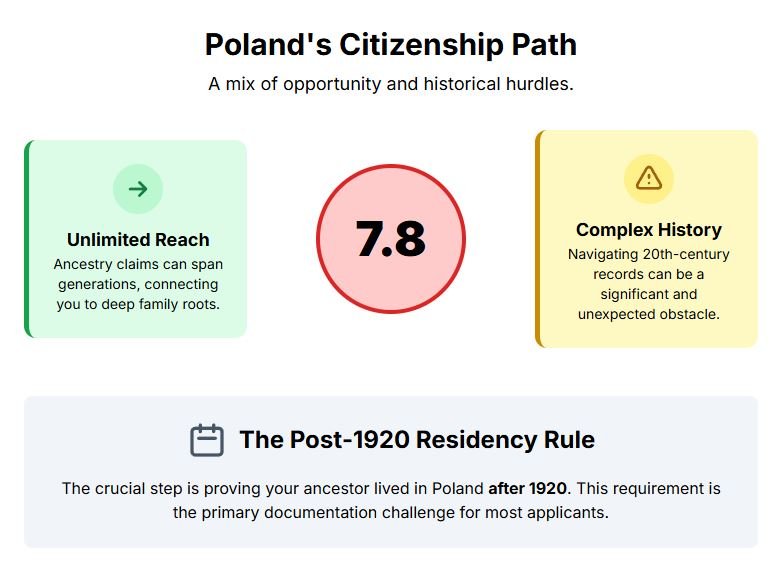
You need to prove your ancestor maintained residence in Poland after the country’s modern citizenship laws took effect in 1920. The post-1920 requirement significantly increases the evidentiary burden, particularly for those tracing ancestry back to great-grandparents or earlier generations.
You must provide documentation proving your ancestor’s residence within Poland during this specific timeframe, which can be challenging due to potential loss, inaccessibility, or destruction of historical records. Poland offers major advantages once you qualify.
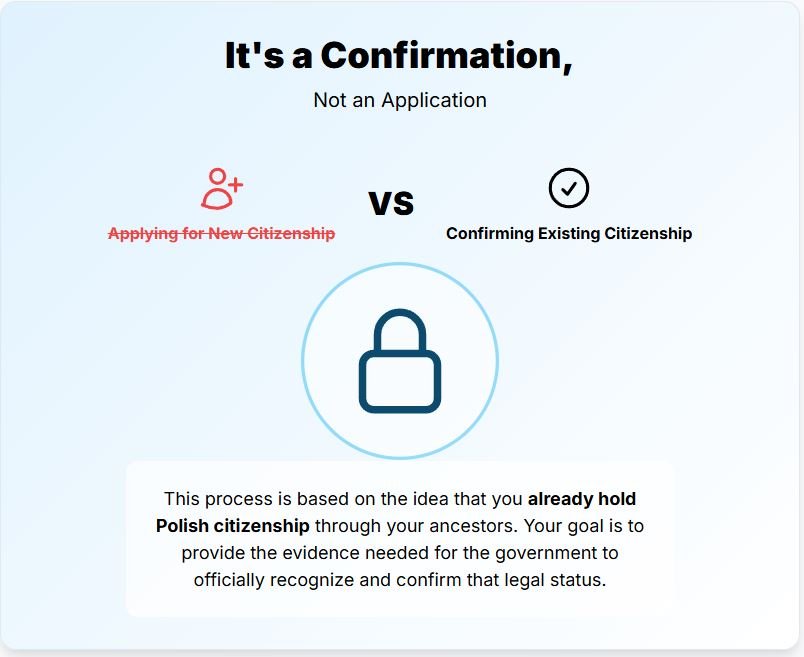
The country requires no language tests, no residency requirements, and no demonstration of “effective ties” to Poland.
Poland fully accepts dual citizenship, meaning you can keep your original passport while gaining Polish citizenship benefits. Poland’s generous policy is complicated by the need to prove residence during specific historical periods.
The process involves confirming the citizenship you already legally hold rather than applying for new citizenship.
4th – Croatia
Croatia’s score is 7.8 out of 10, and recent law changes have made it significantly more attractive. Croatia eliminated its language test in 2025, but still requires proving affiliation with Croatian people.
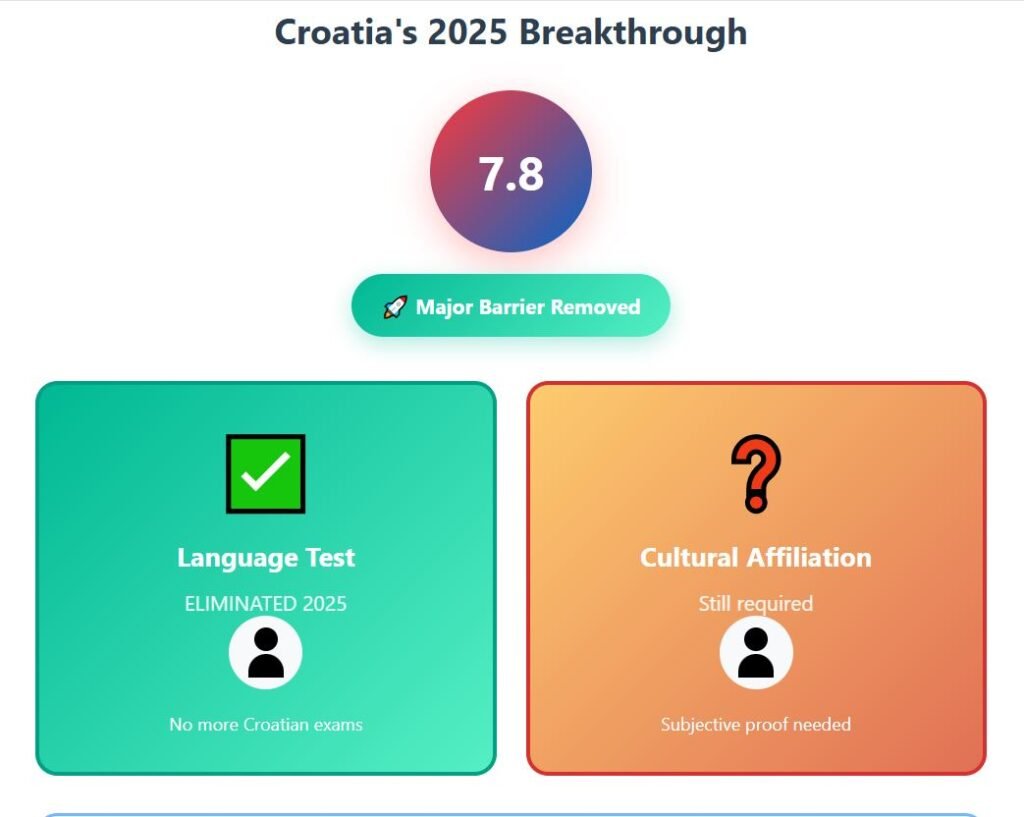
This creates a situation where a major barrier was removed, but a subjective one remains. The removal of Croatian language and culture tests as of 2025 represents a major improvement for English-speaking applicants.
Previously, these tests created significant obstacles for people with Croatian ancestry who never learned the language.
This change streamlines the application process and reduces both time and cost requirements. The remaining requirements include submitting a curriculum vitae and motivation letter in Croatian, plus providing proof of Croatian affiliation.
These documents must demonstrate your connection to Croatian people and culture, which remains subjective depending on the reviewing official.
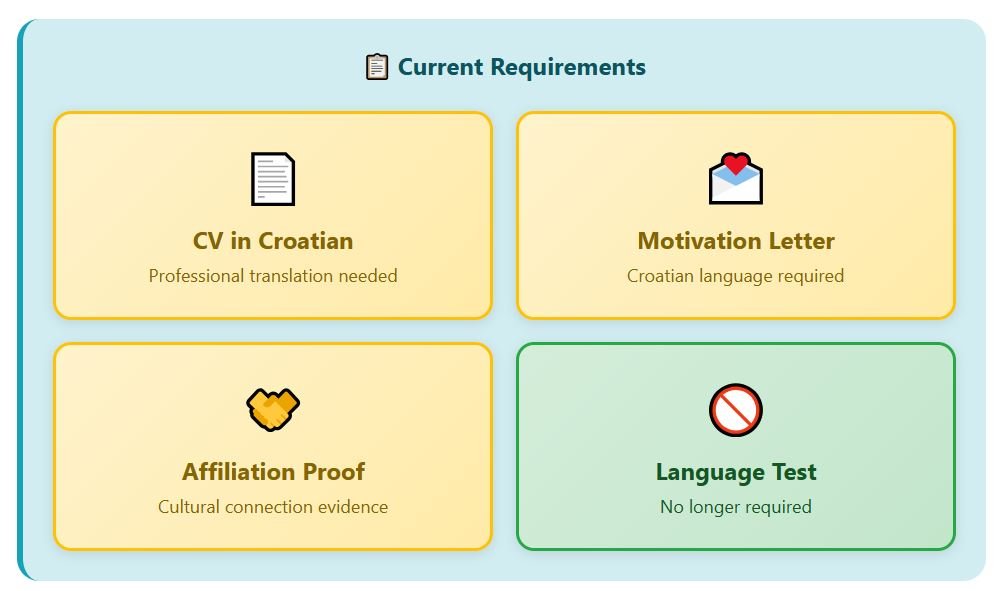
You need either Croatian language skills or professional translation services to complete these requirements properly. Croatia allows emigrants and their descendants up to the third degree, meaning great-grandchildren can apply for citizenship by descent.
This generous generational reach opens the door for families whose ancestors emigrated several generations ago. Croatia’s recent improvements make it more accessible, but cultural affiliation requirements remain subjective. Now we enter the top tier – the top 3 countries that offer the most applicant-friendly laws, with deep generational reach and no language or residency requirements for their primary ancestry paths.
3rd – Latvia
Some smaller countries are incredibly welcoming.
Latvia scores 8.9 out of 10, offering one of the most generous policies in Europe for those with the right historical connection.
Latvia’s law is incredibly generous, but only applies to families who left during specific historical periods.
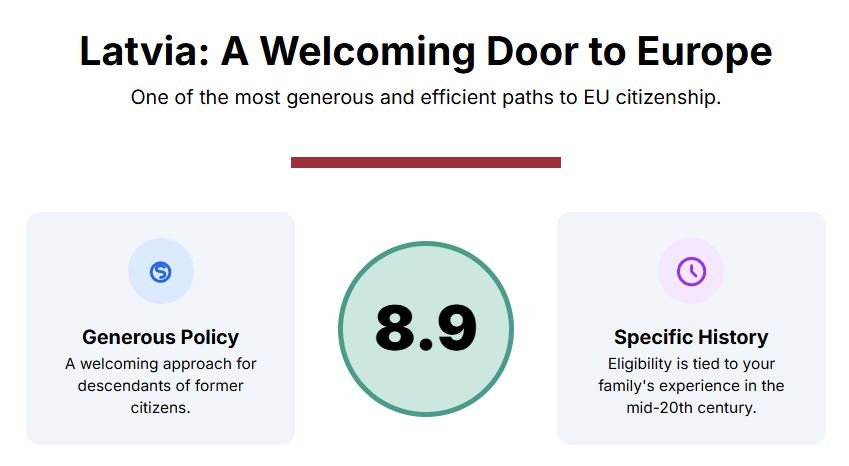
Your ancestor must have been a Latvian citizen before 1940 and left the country between 1940 and 1990 due to Soviet or Nazi occupation.
This historical requirement acknowledges the forced displacement that affected thousands of Latvian families during these turbulent decades. The pre-1940 citizenship requirement establishes the baseline connection, while the 1940-1990 exile provision covers families who fled or were forcibly removed during the occupations.
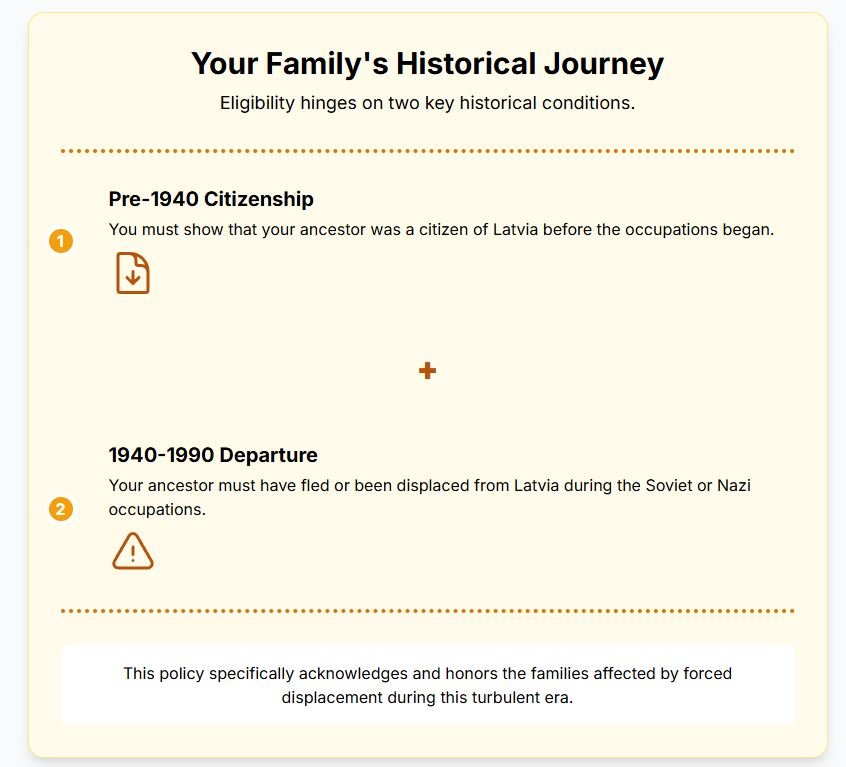
You must provide documentation proving your ancestor’s departure was tied to these historical circumstances, which can include emigration records or other relevant evidence from this period. Latvia imposes no generational limits, meaning claims can extend beyond great-grandparents if you can prove the ancestral chain.
The country requires no language tests, no residency requirements, and explicitly allows dual citizenship.
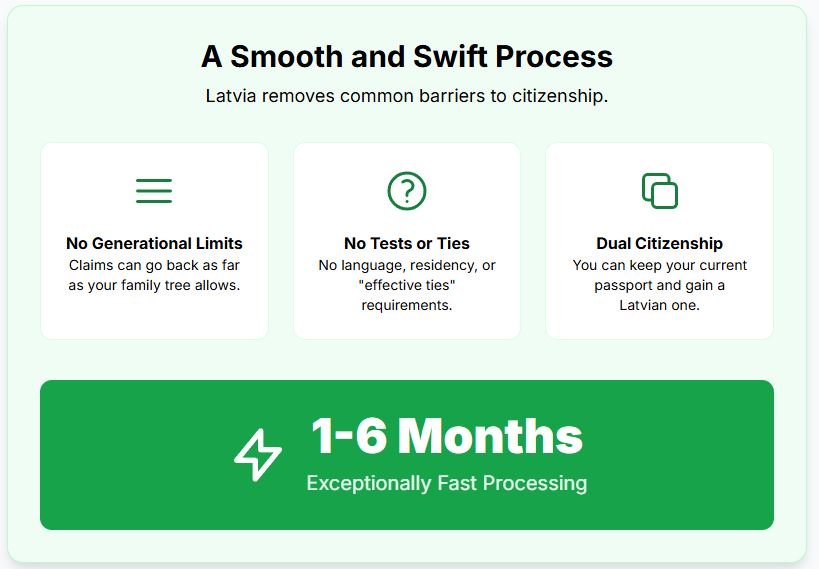
Processing times run exceptionally fast at 1-6 months, making Latvia one of the quickest paths to EU citizenship.
2nd – Lithuania
Lithuania gets a score of 8.9 out of 10, with nearly identical historical provisions to Latvia. Lithuania’s law mirrors Latvia’s generosity, but with a slightly different historical cutoff date.
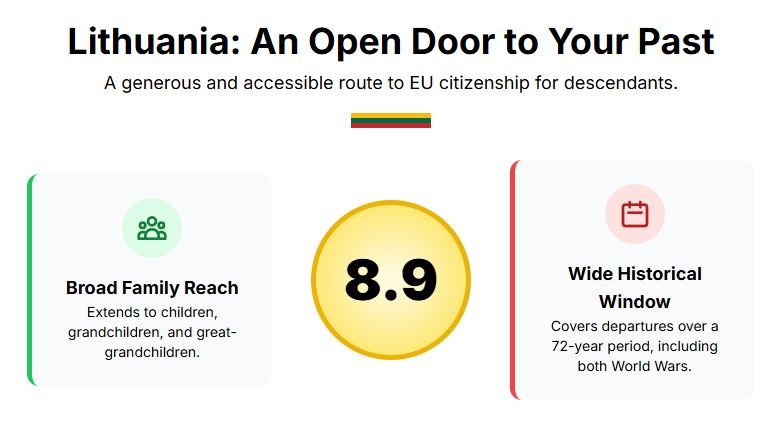
This creates another excellent pathway for families displaced during the turbulent 20th century. Lithuania requires your ancestor to have held Lithuanian citizenship before June 15, 1940, when the Soviet occupation began.
The departure window extends from 1918 to 1990, covering families who left during both world wars, the interwar period, and the entire Soviet occupation.
This broader timeframe captures more emigration patterns than many other programs. The program extends to children, grandchildren, and great-grandchildren of eligible individuals, offering generous multi-generational reach.
Processing times run 6-12 months, making Lithuania one of the faster options for EU citizenship.
For Example, let’s take the case of Michael Petrauskas from Ohio.
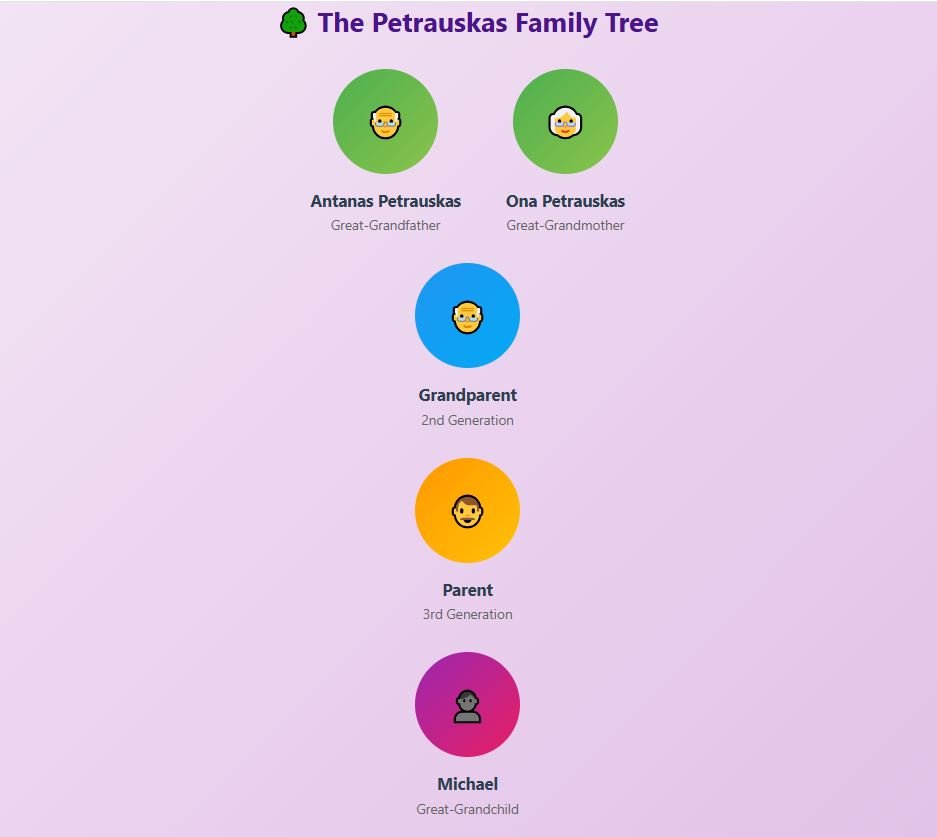
His great-grandparents Antanas and Ona Petrauskas emigrated from Kaunas to New Philadelphia, Pennsylvania, in 1919, just after World War I damaged their homeland.
Michael just needs to gather their Lithuanian birth certificates, marriage records, and emigration documentation showing they left Lithuania during the qualifying period – a much easier task than passing some complicated language test.
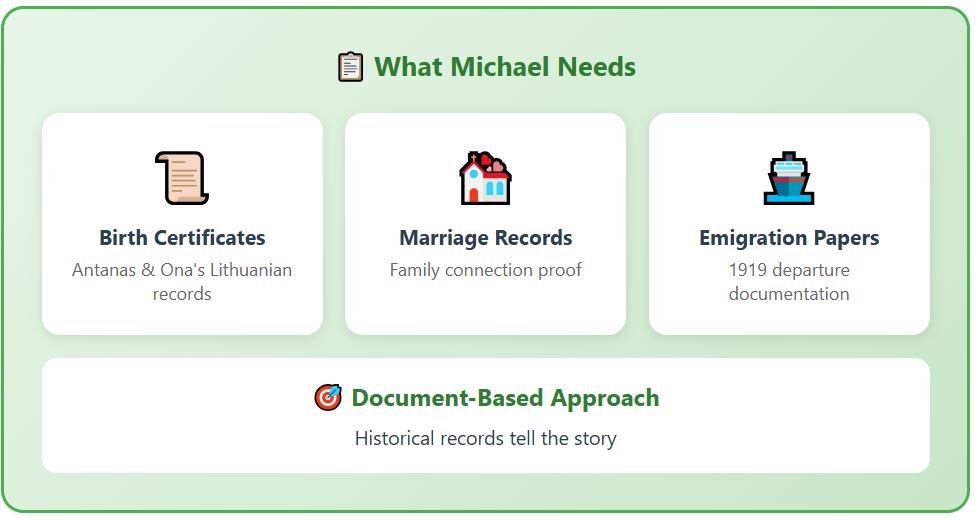
Lithuania’s historical approach creates one of the most accessible pathways in the EU. But there’s one country that beats them all for accessibility and simplicity.
1st – The Easiest Country to Obtain Citizenship by Descent in Europe: Ireland
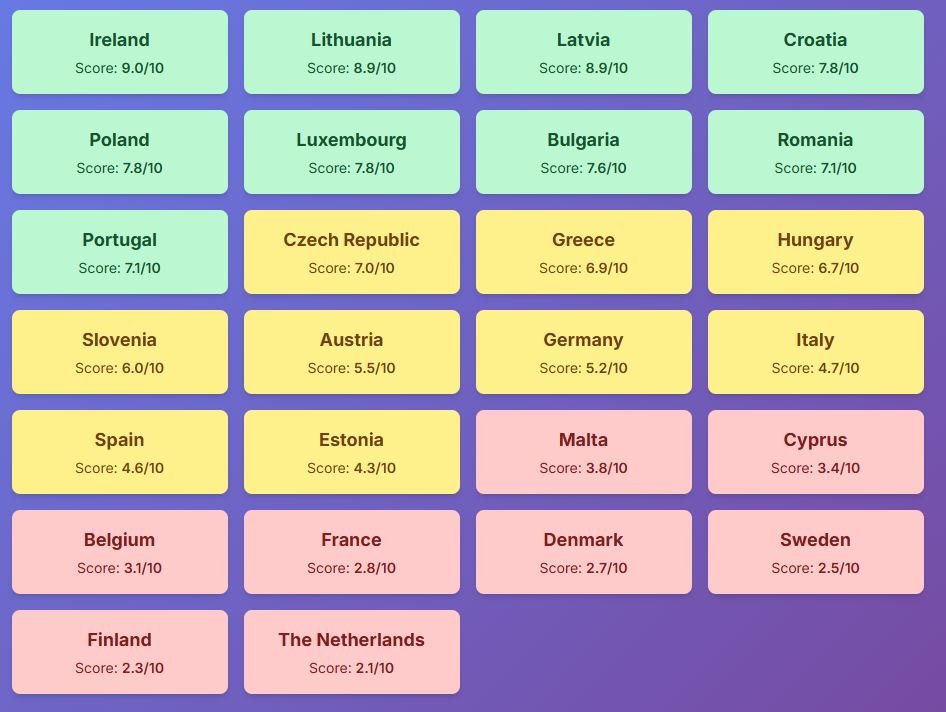
Ireland gets a score of 9 out of 10, securing the top position for accessibility and simplicity. Ireland’s system is exceptionally straightforward.
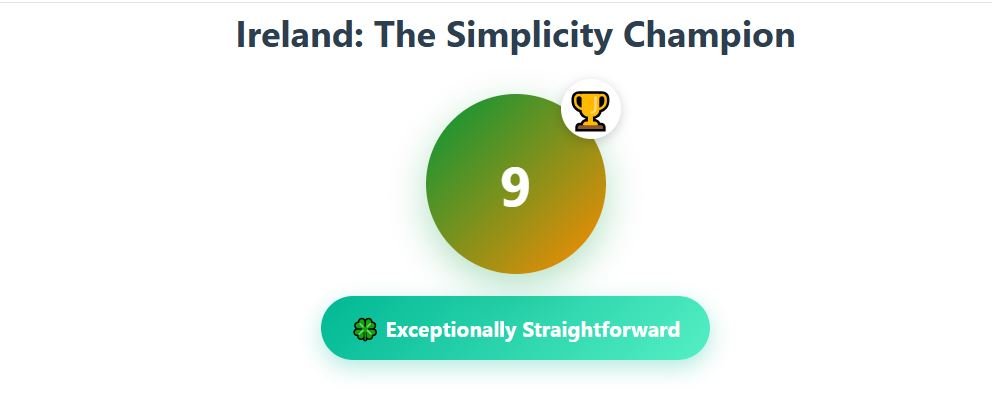
While other countries create complex historical requirements, language barriers, and bureaucratic traps, Ireland focuses on one simple fact: was your grandparent born on the island of Ireland?
If the answer is yes, you are eligible.
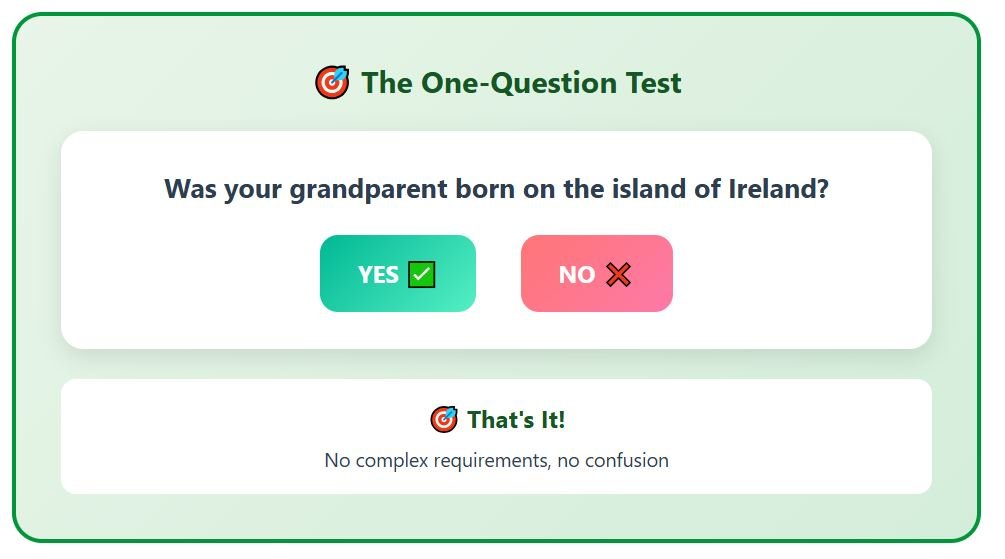
The simple grandparent rule eliminates confusion.
No complex historical cutoff dates, no proof of cultural connection, no demonstration of effective ties to Ireland. Ireland requires no language tests, no residency requirements, and no cultural integration assessments.
You just need documentation proving your grandparent’s birth in Ireland, plus the vital records linking you to that grandparent.
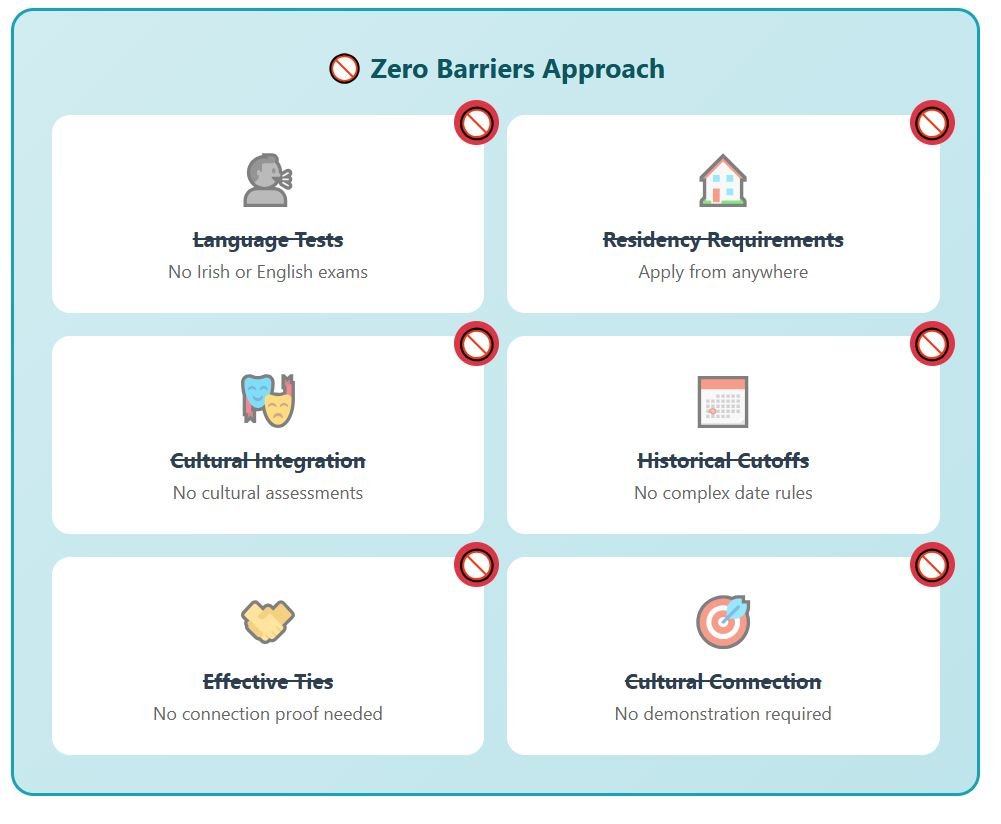
The Foreign Births Register processes applications in approximately 9 months, making Ireland remarkably efficient compared to multi-year waits elsewhere. This combination of simple requirements, generous generational reach, and reasonable processing times makes Ireland the most accessible option for most applicants seeking EU citizenship through ancestry.

Ireland, together with 2 other prosperous and wealthy European countries, is also remarkably easy to get citizenship by residence – yes, without any ancestors, you might become a citizen of these countries just by living there for a few years.
Want to discover which countries I am talking about?
Levi Borba is the founder of expatriateconsultancy.com, creator of the channel The Expat, and best-selling author. You can find him on X here. Some of the links above might be affiliated links, meaning the author earns a small commission if you make a purchase.




